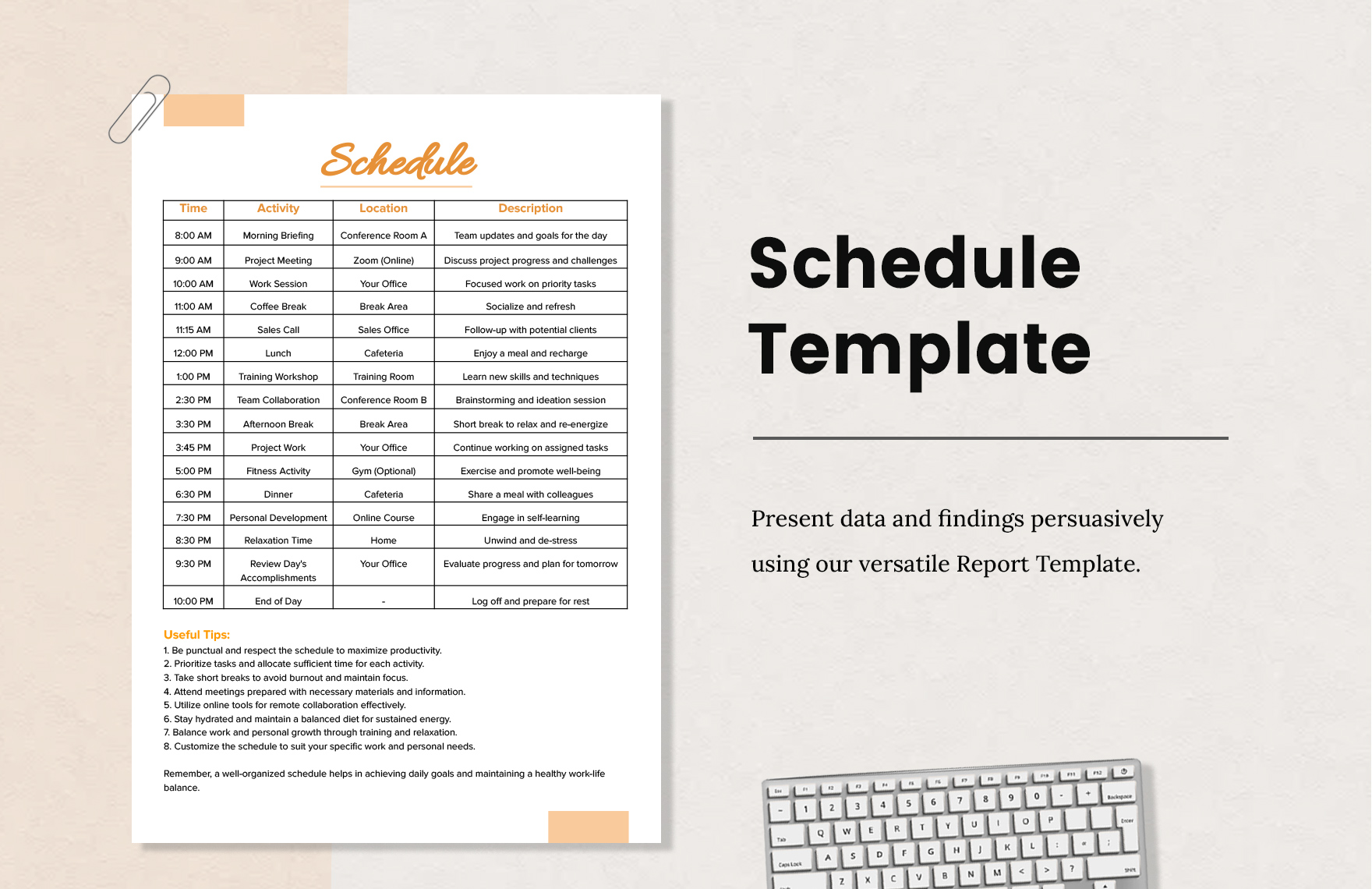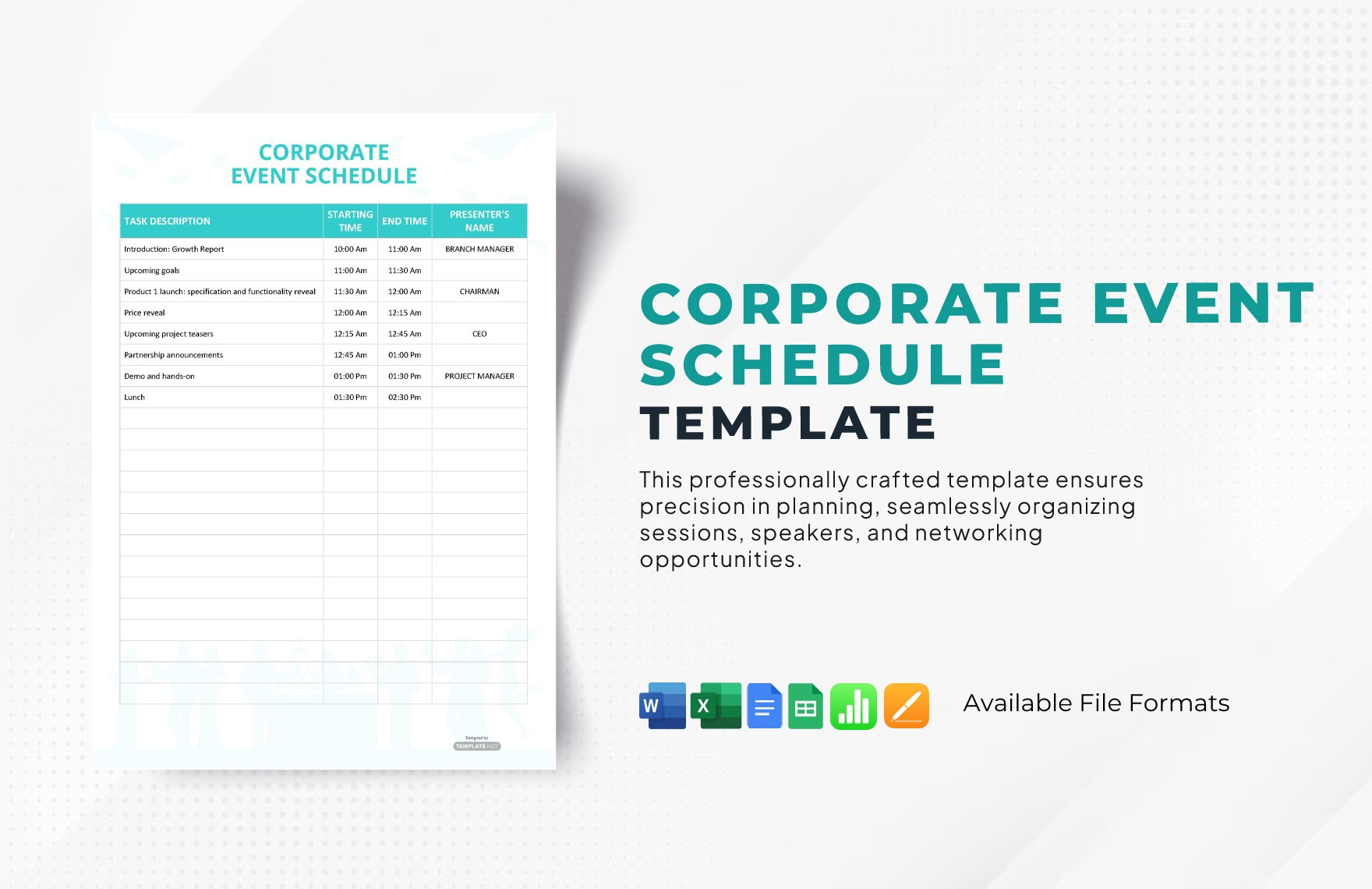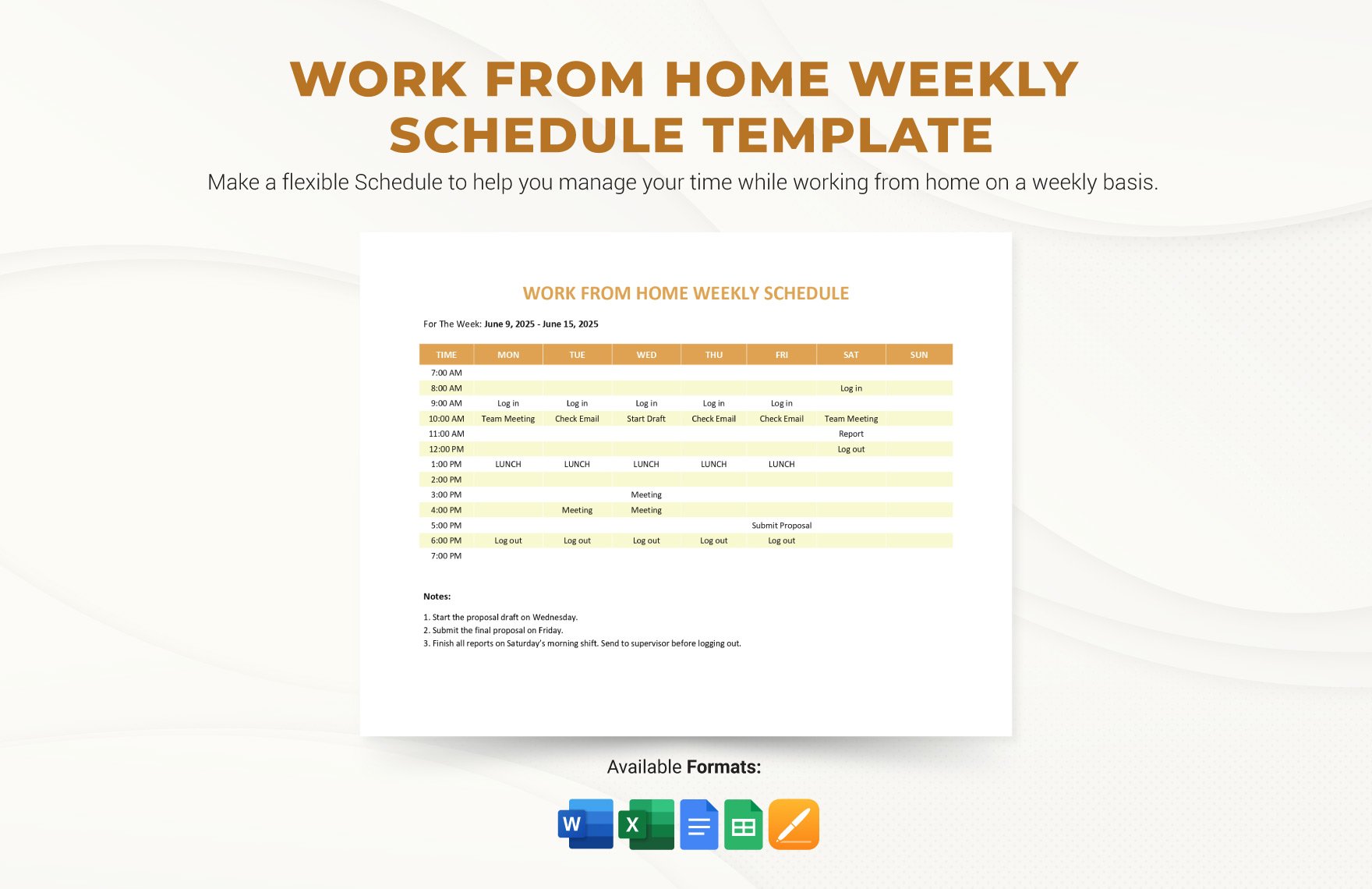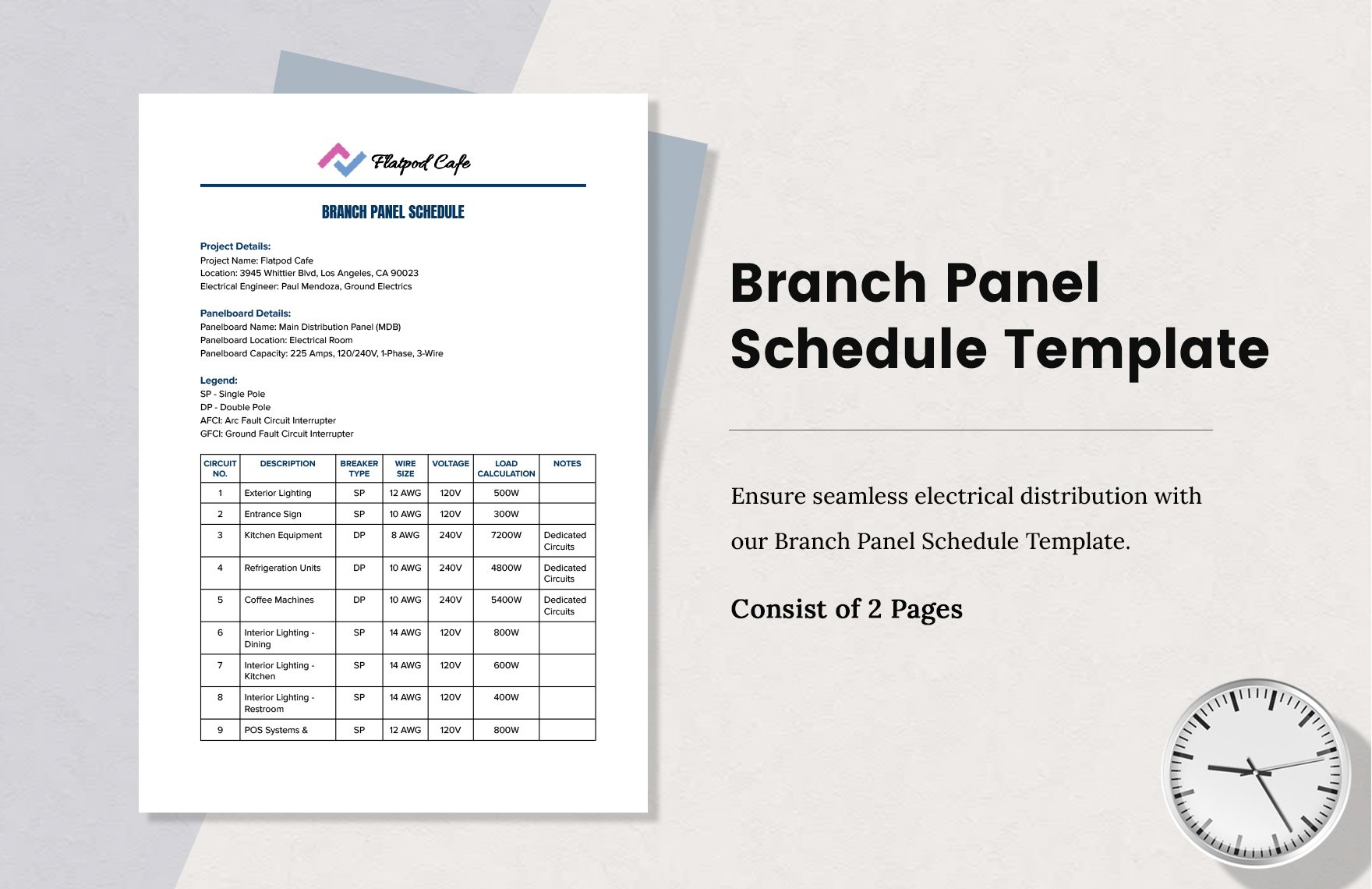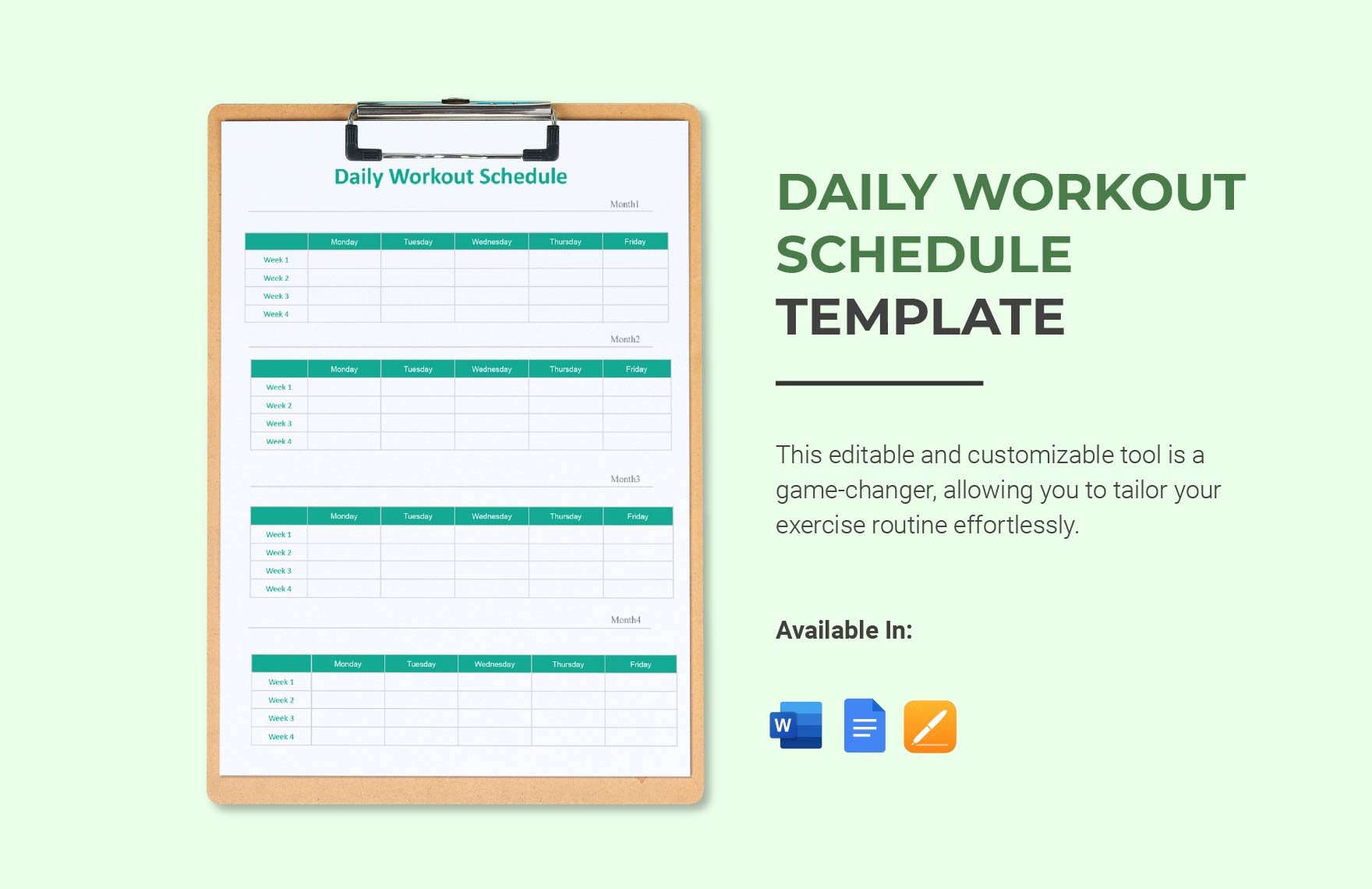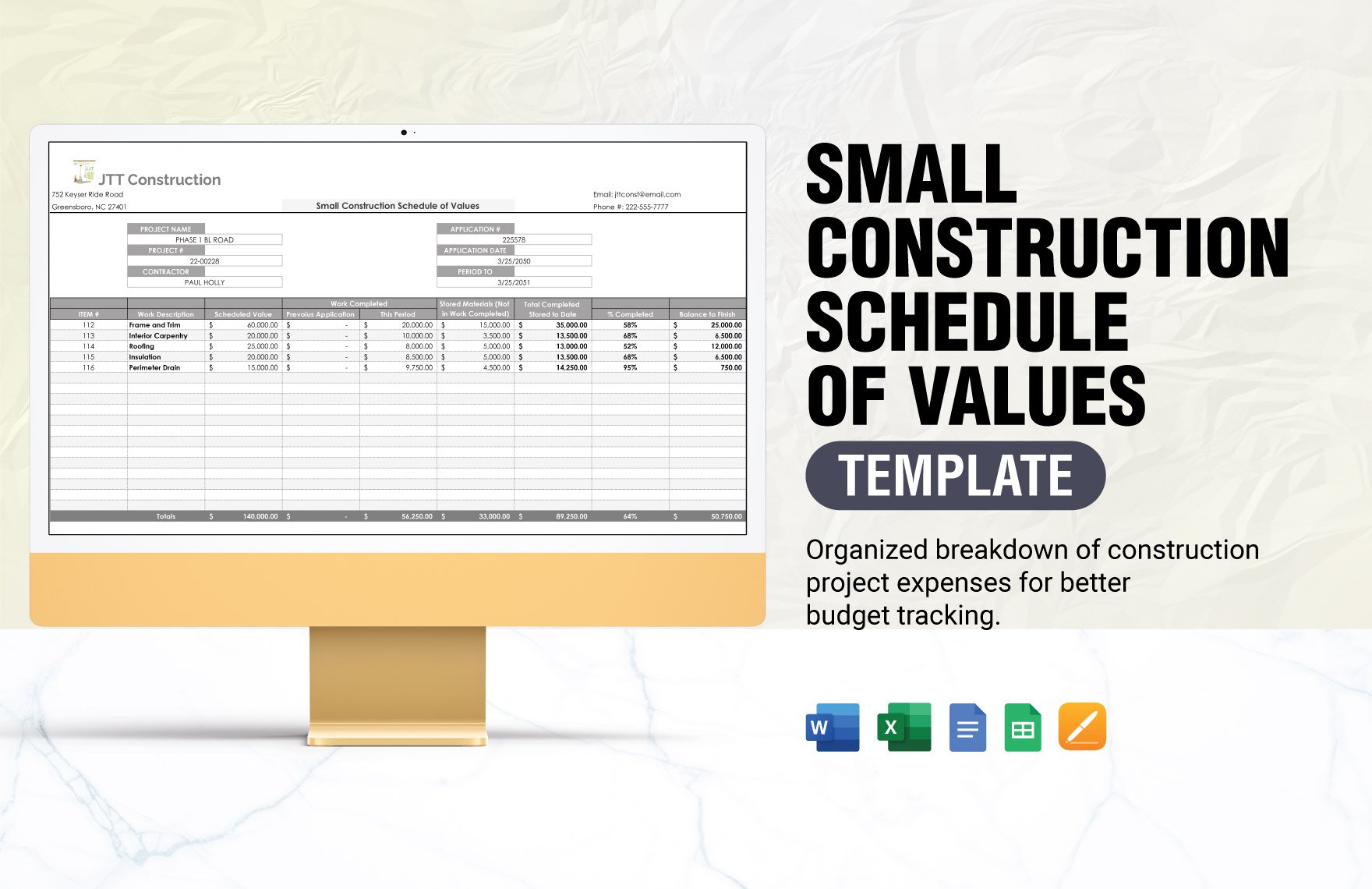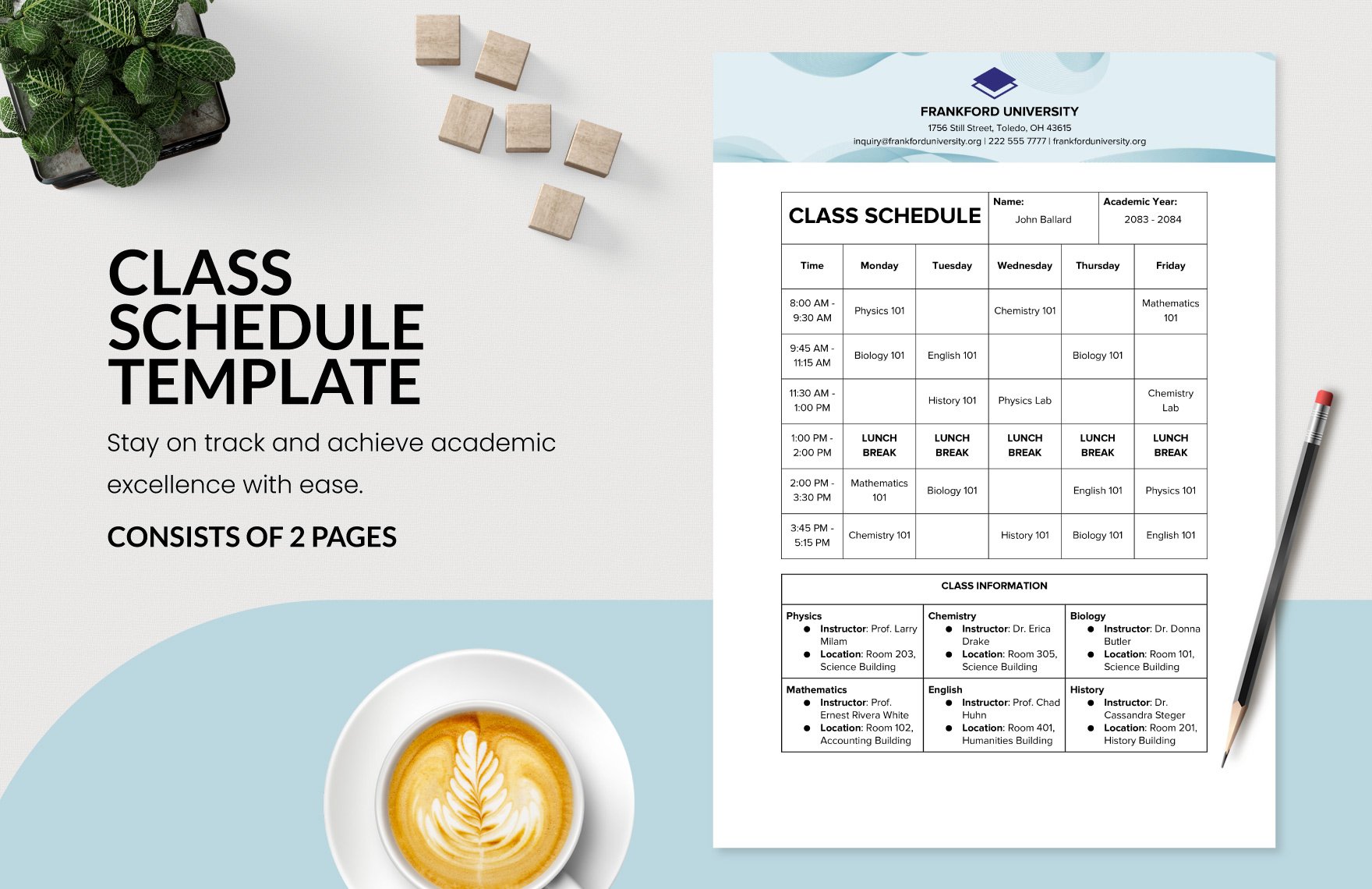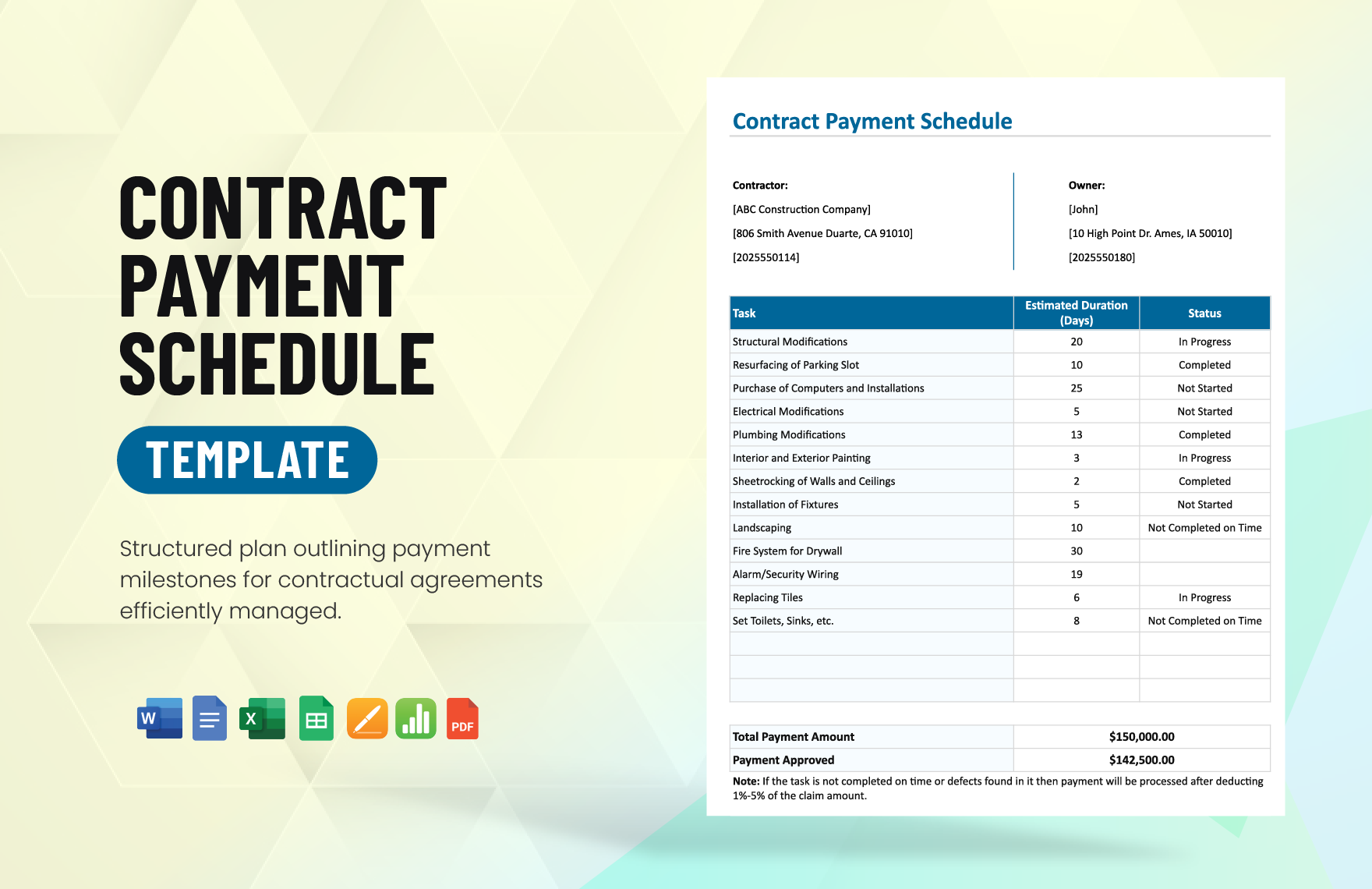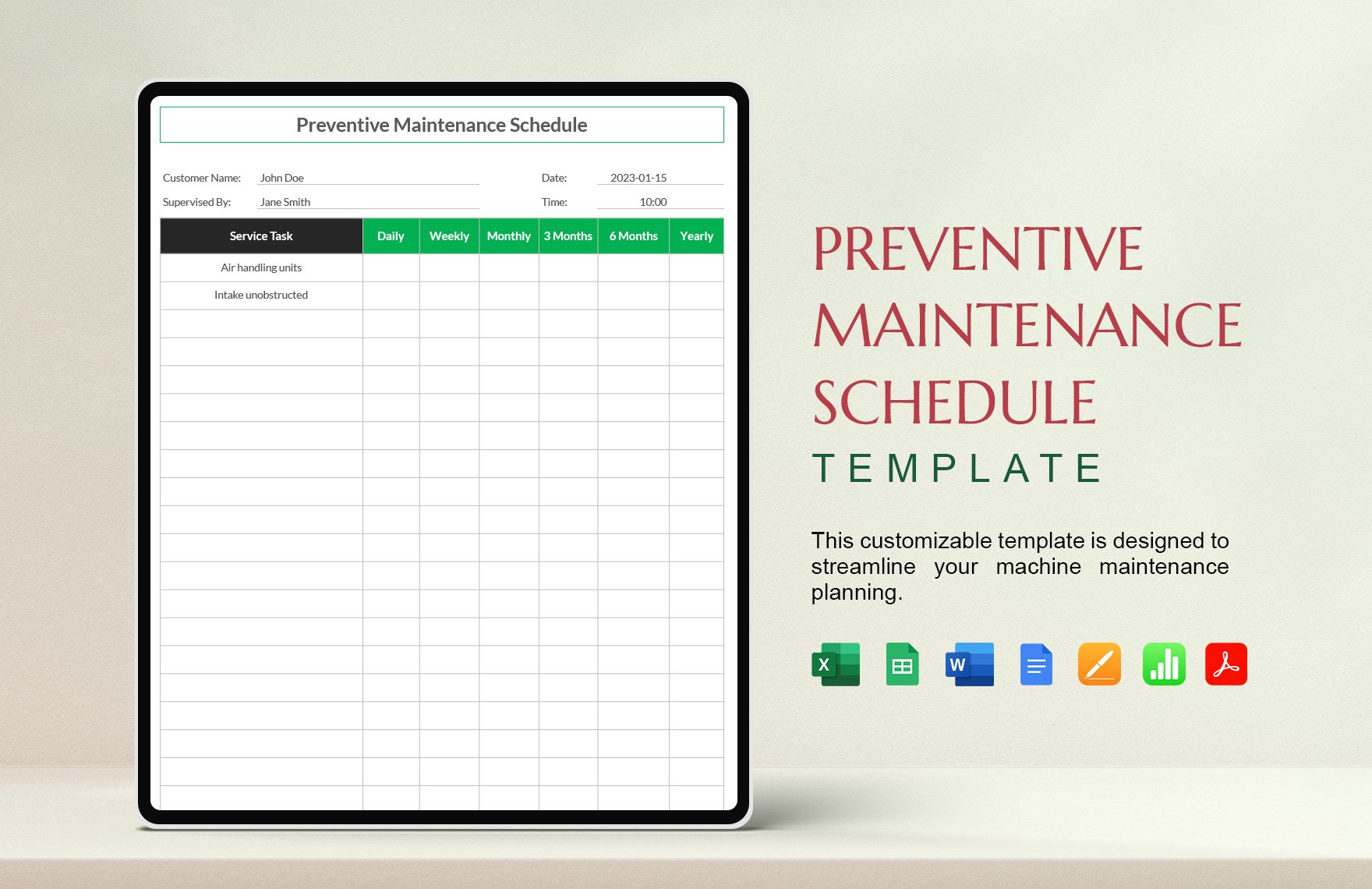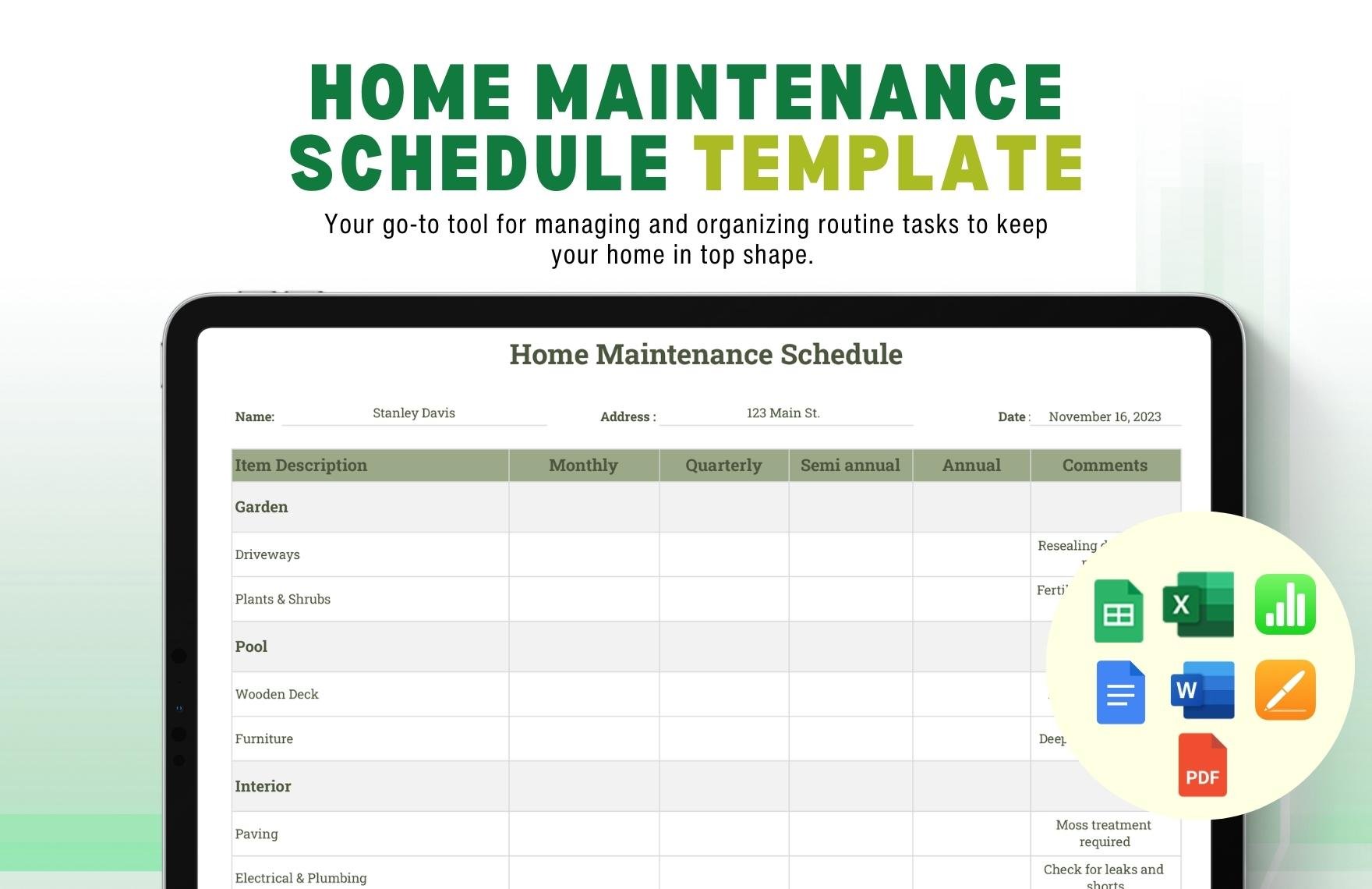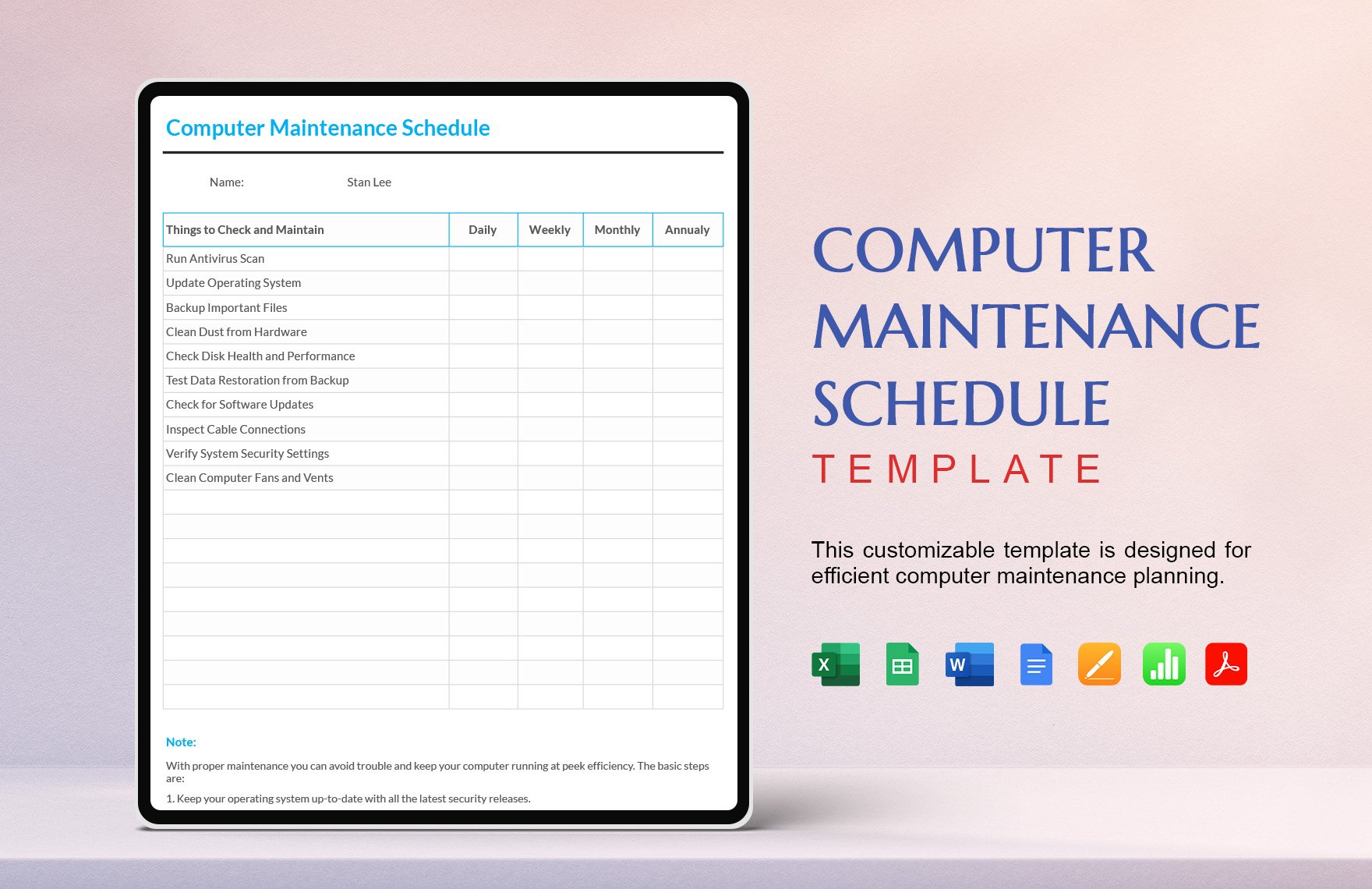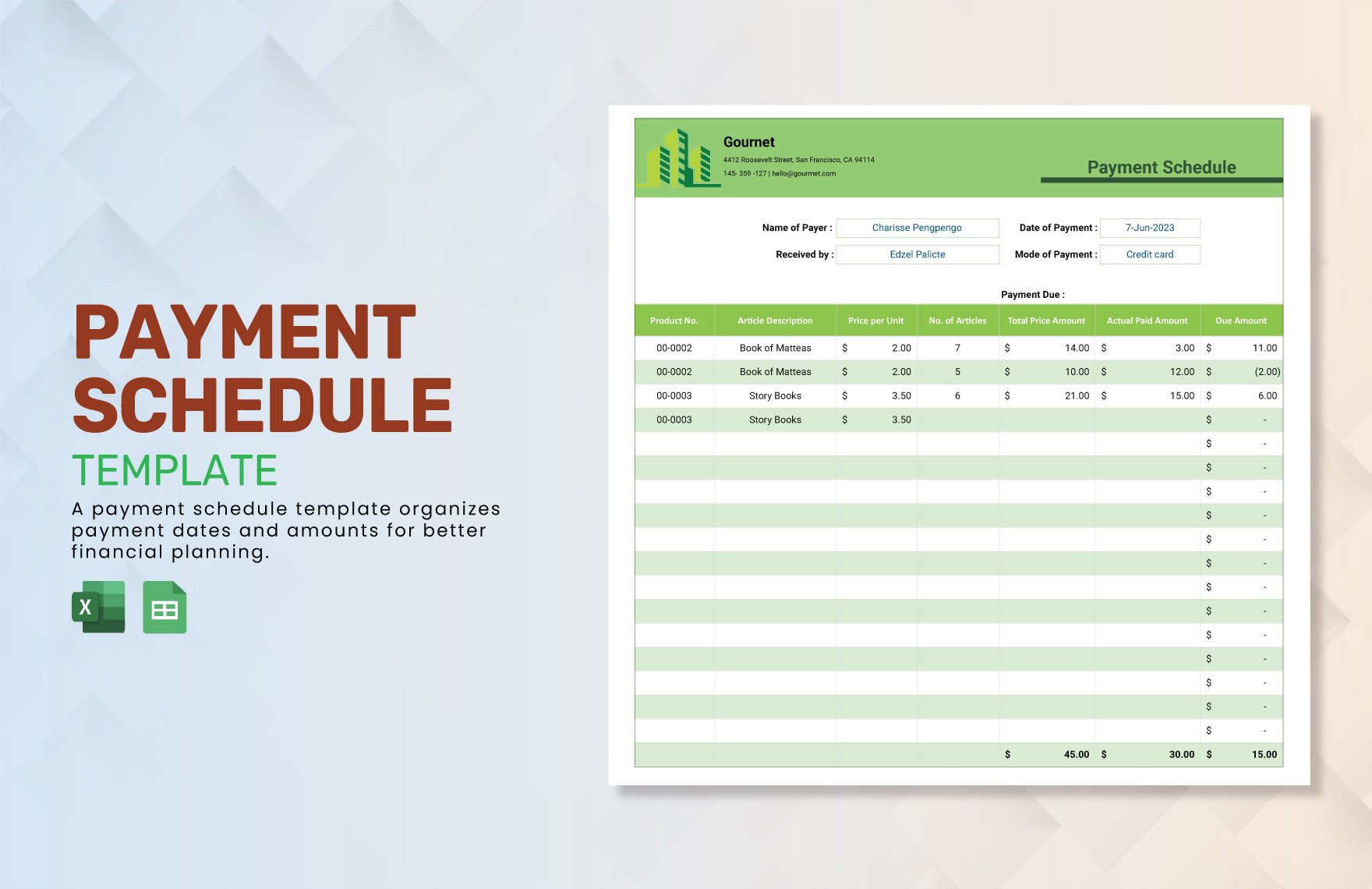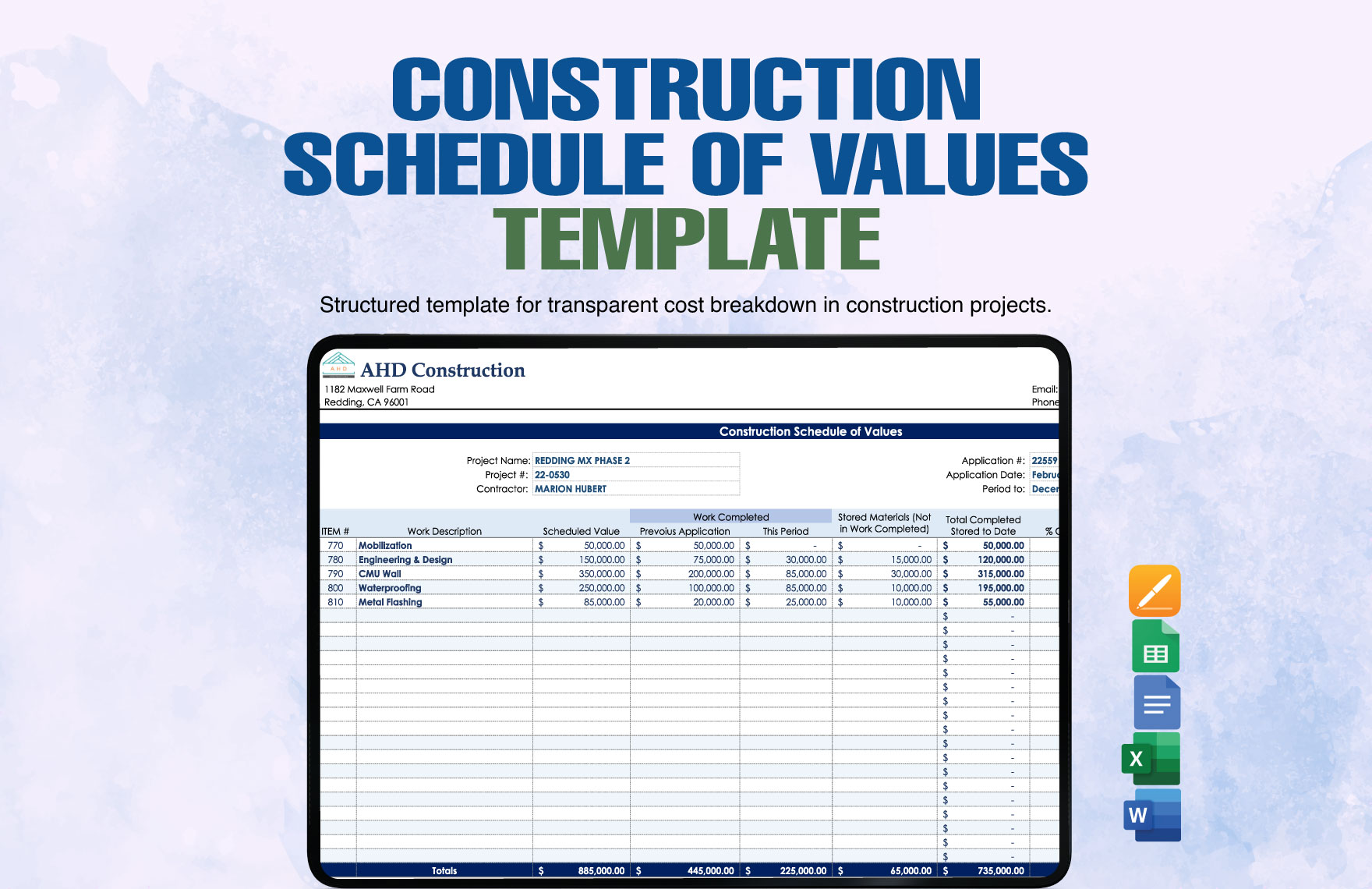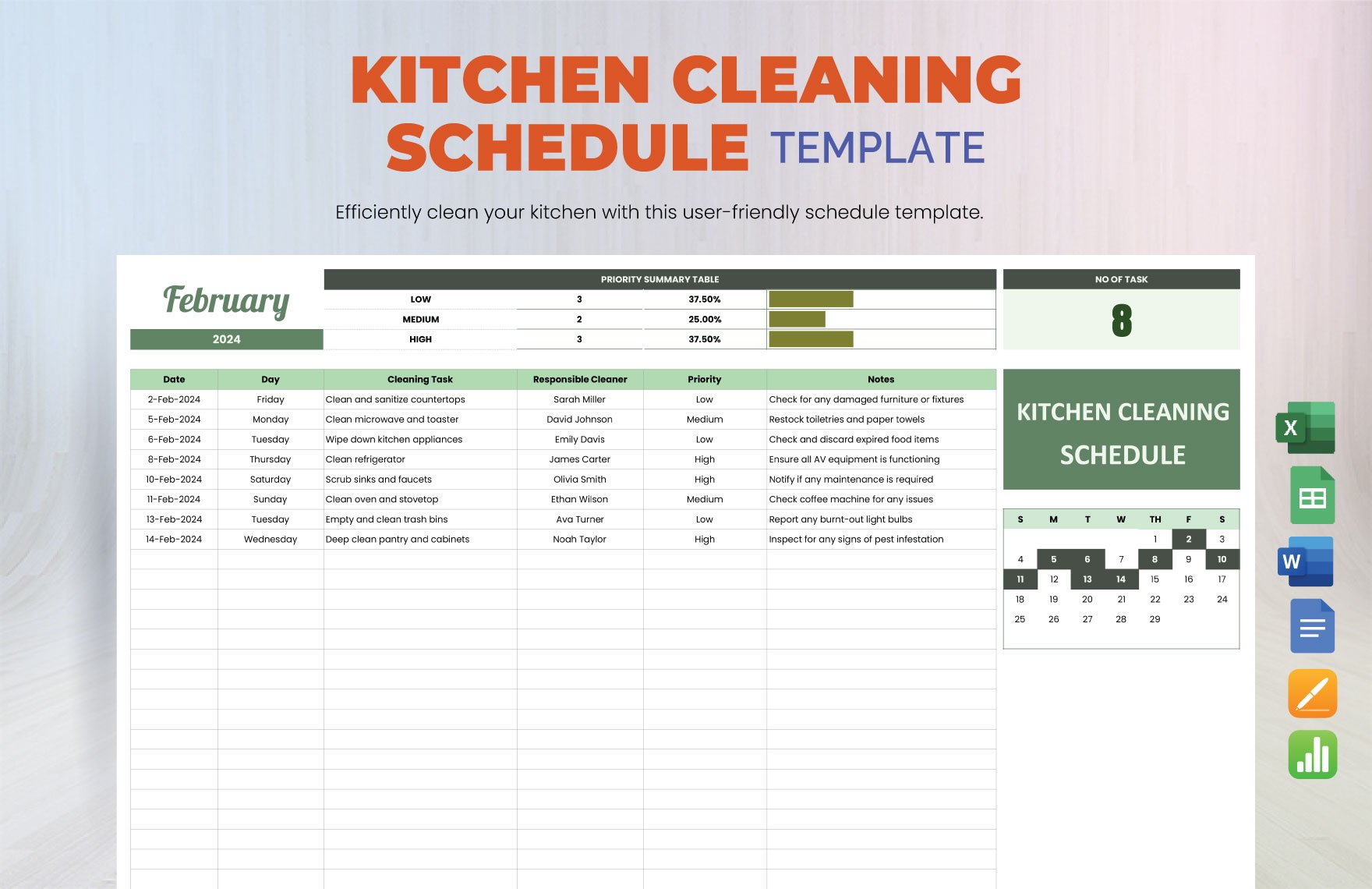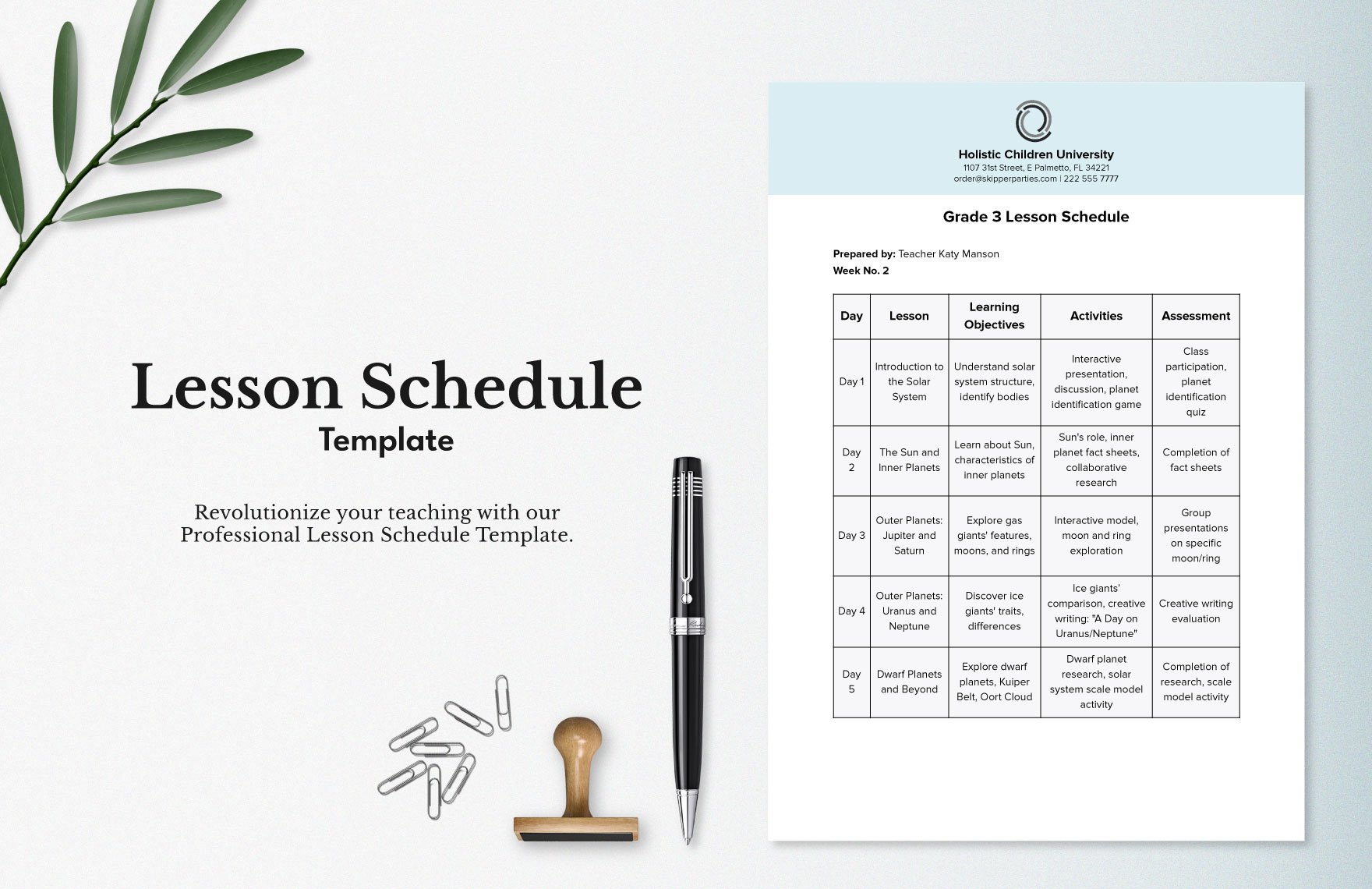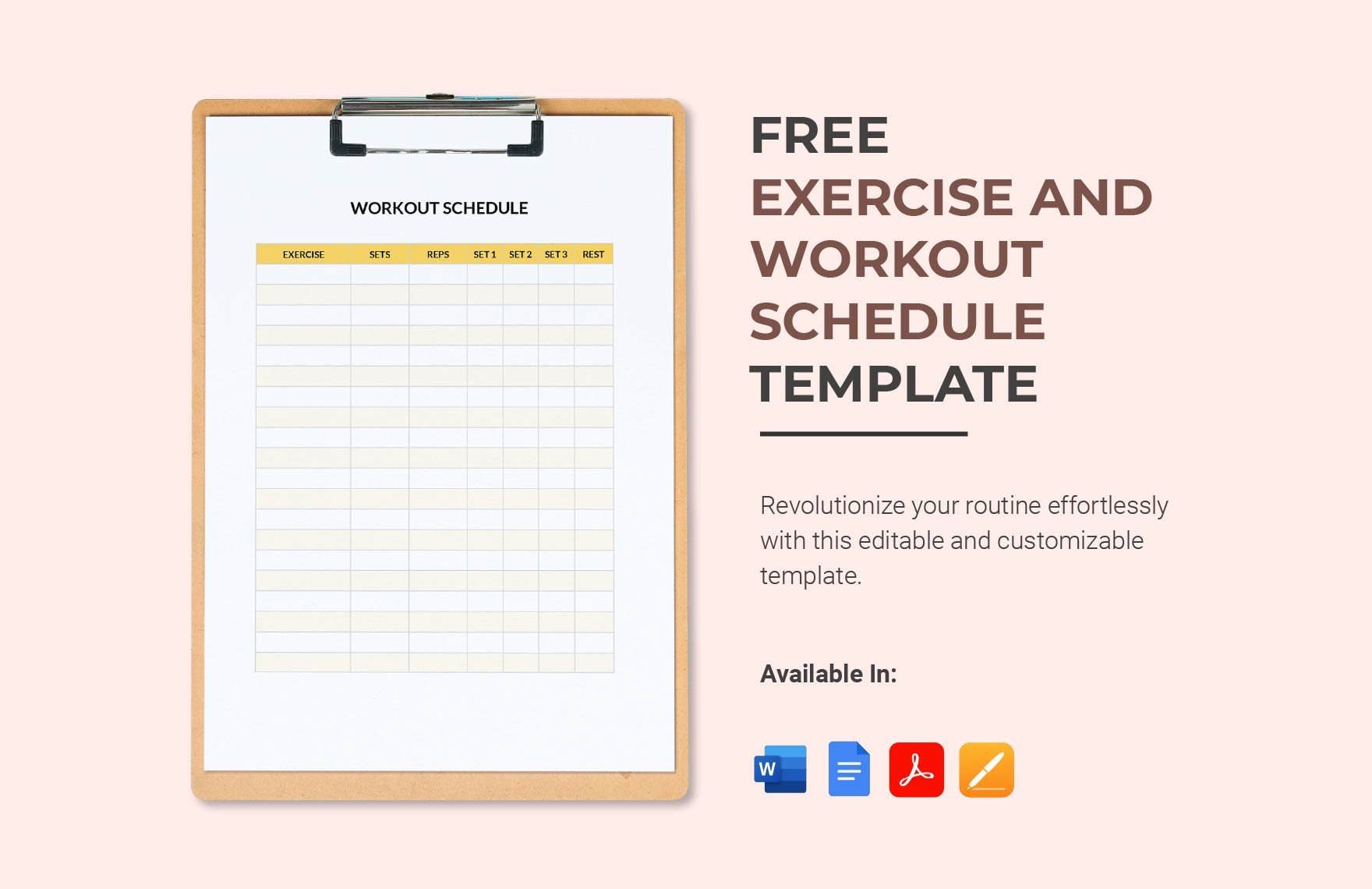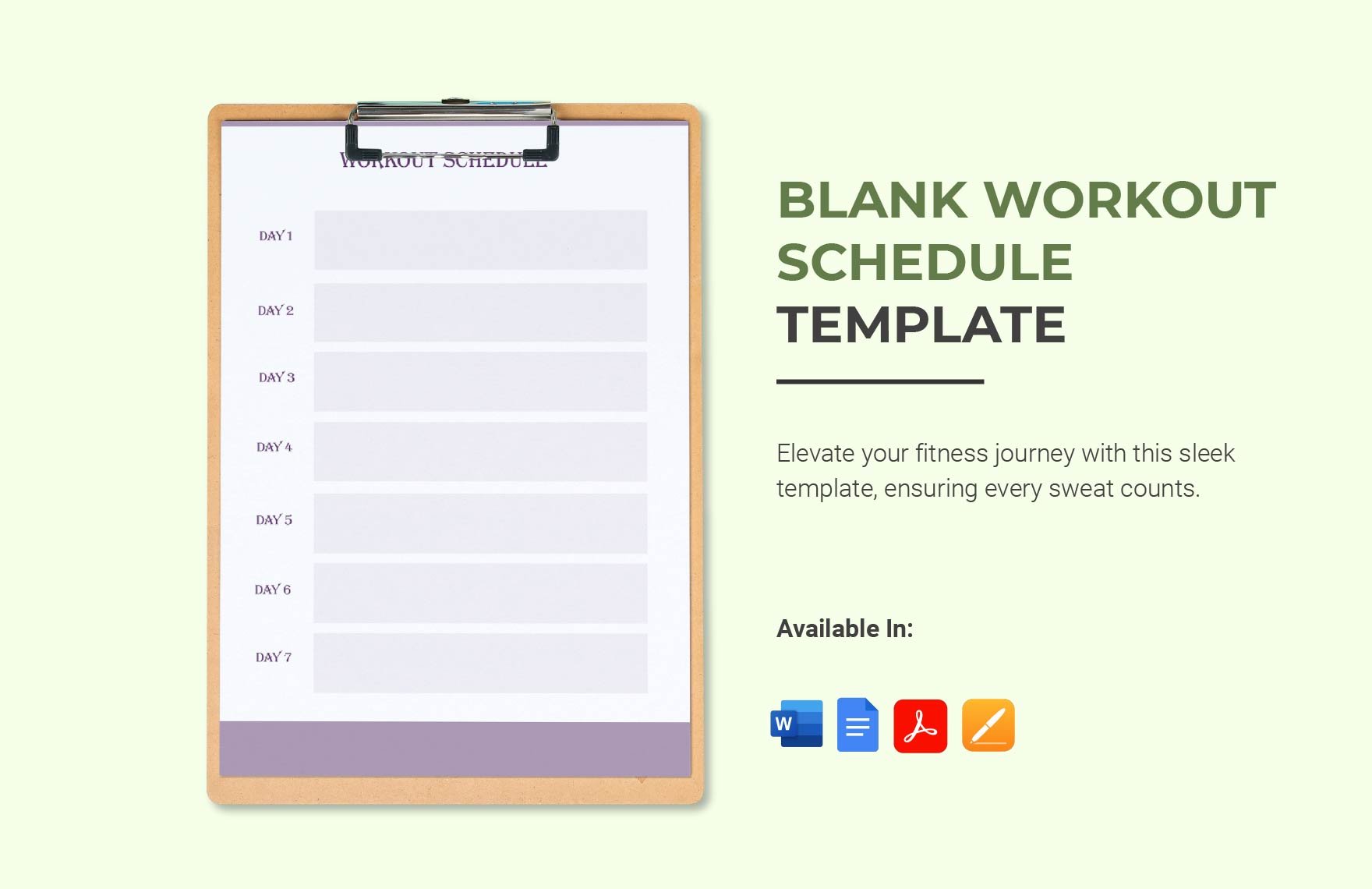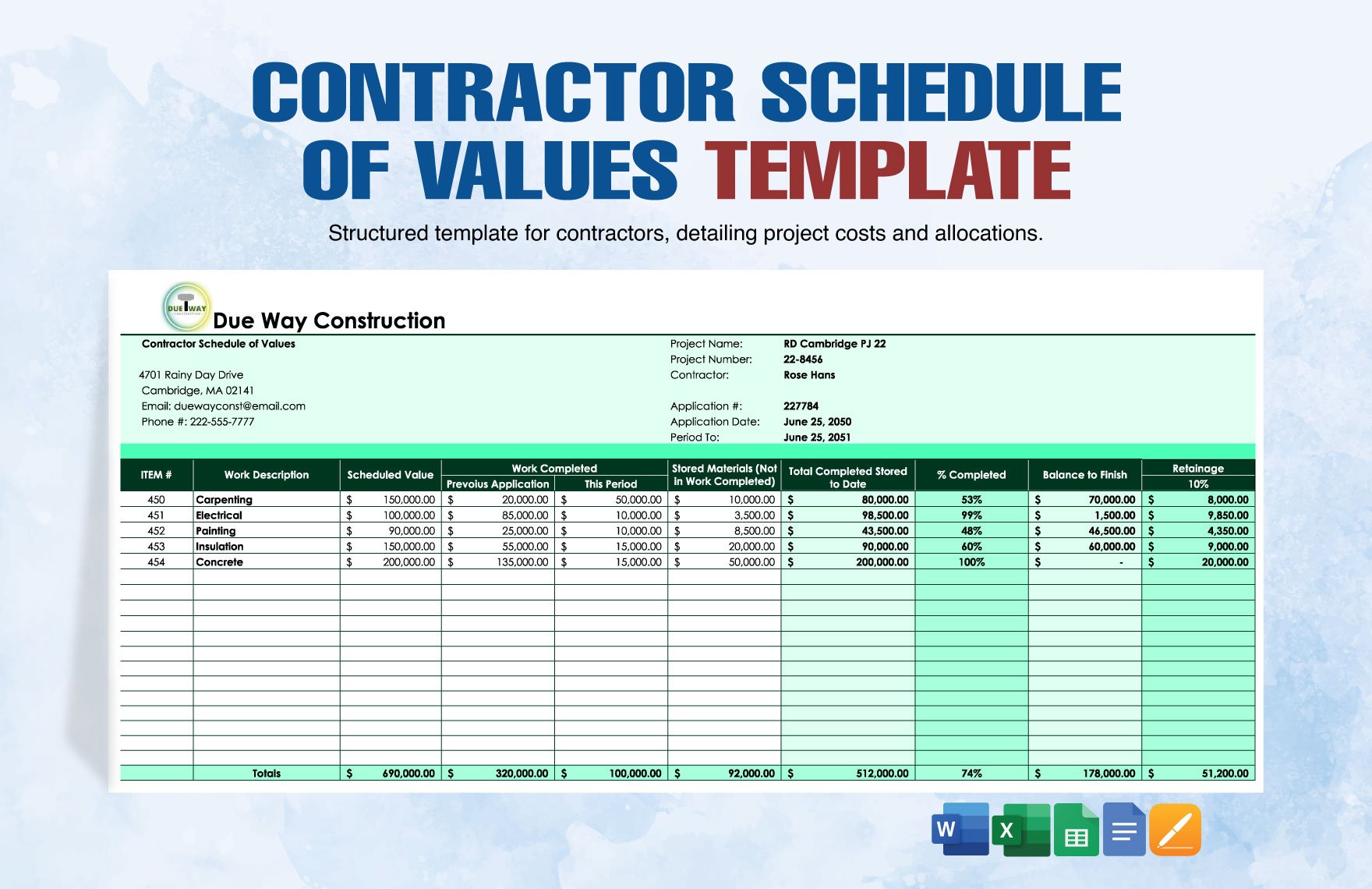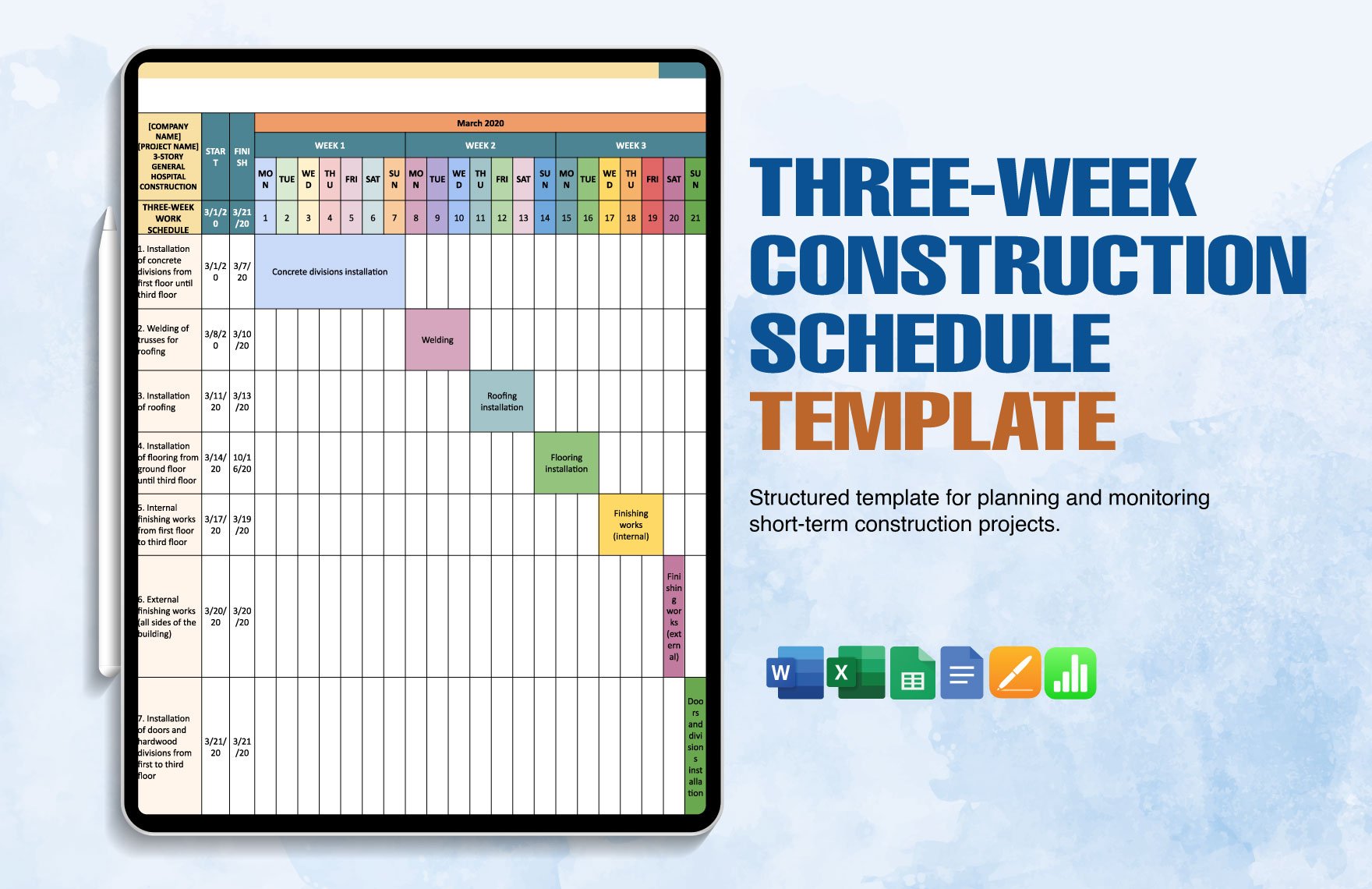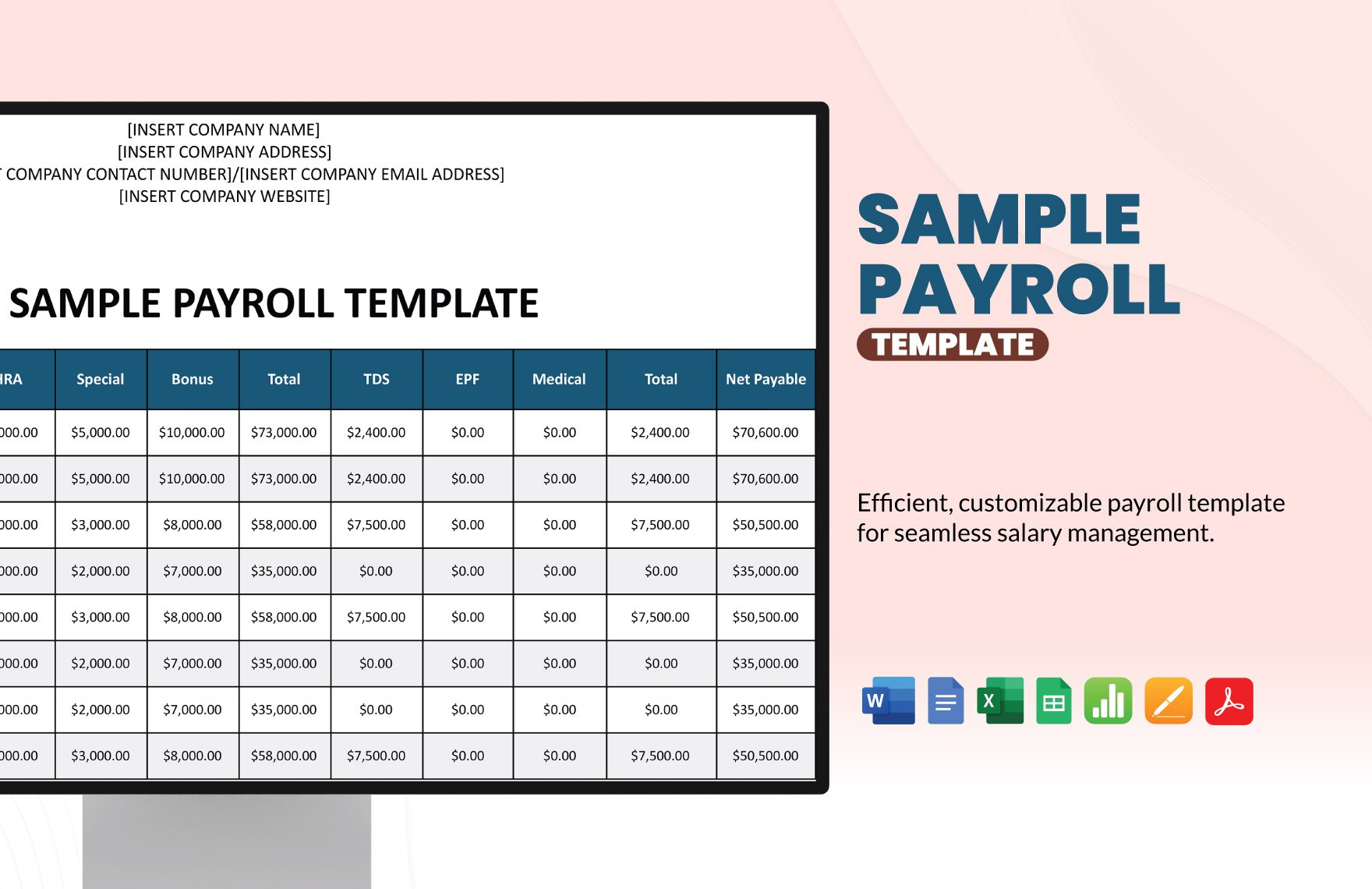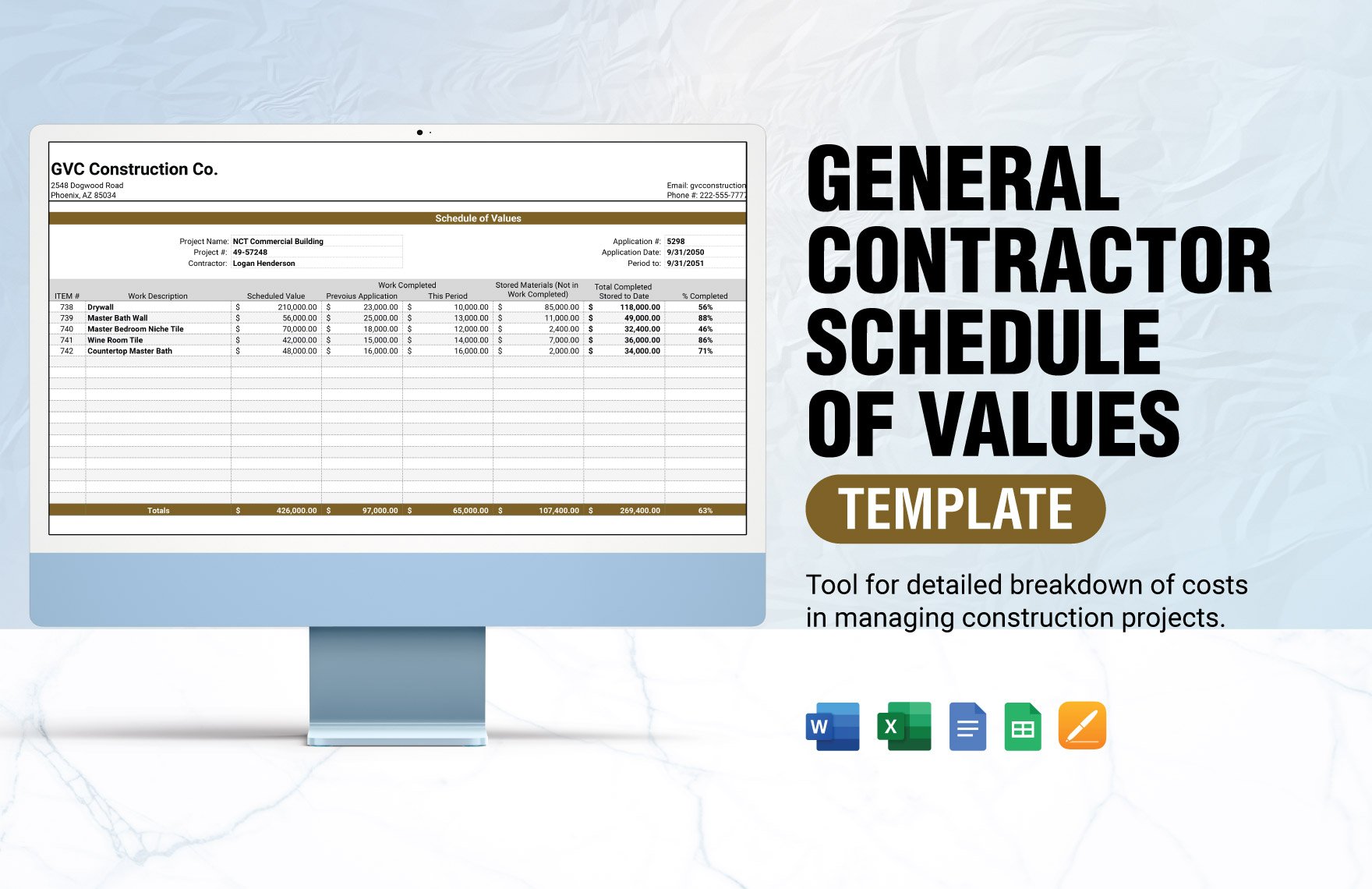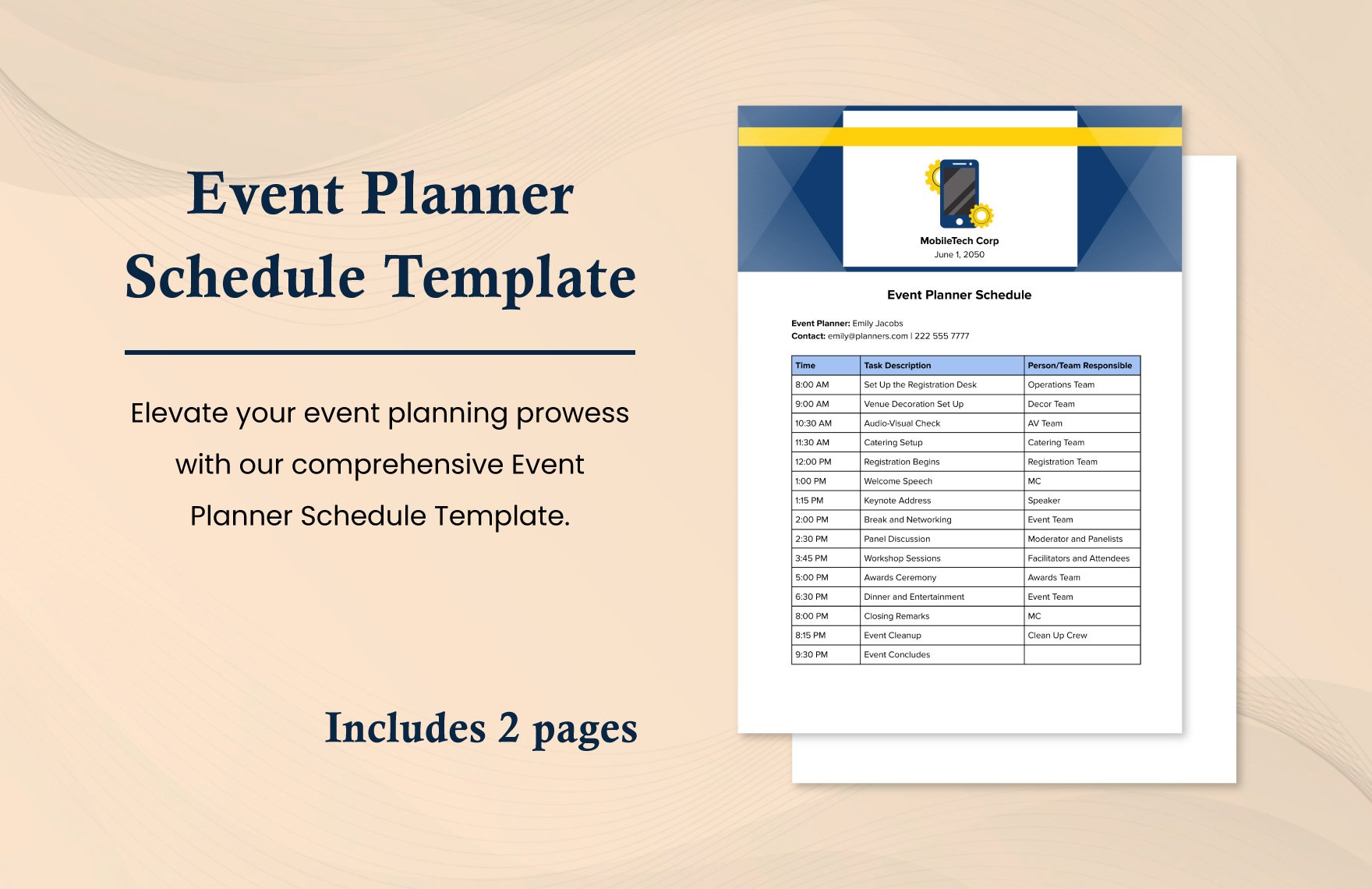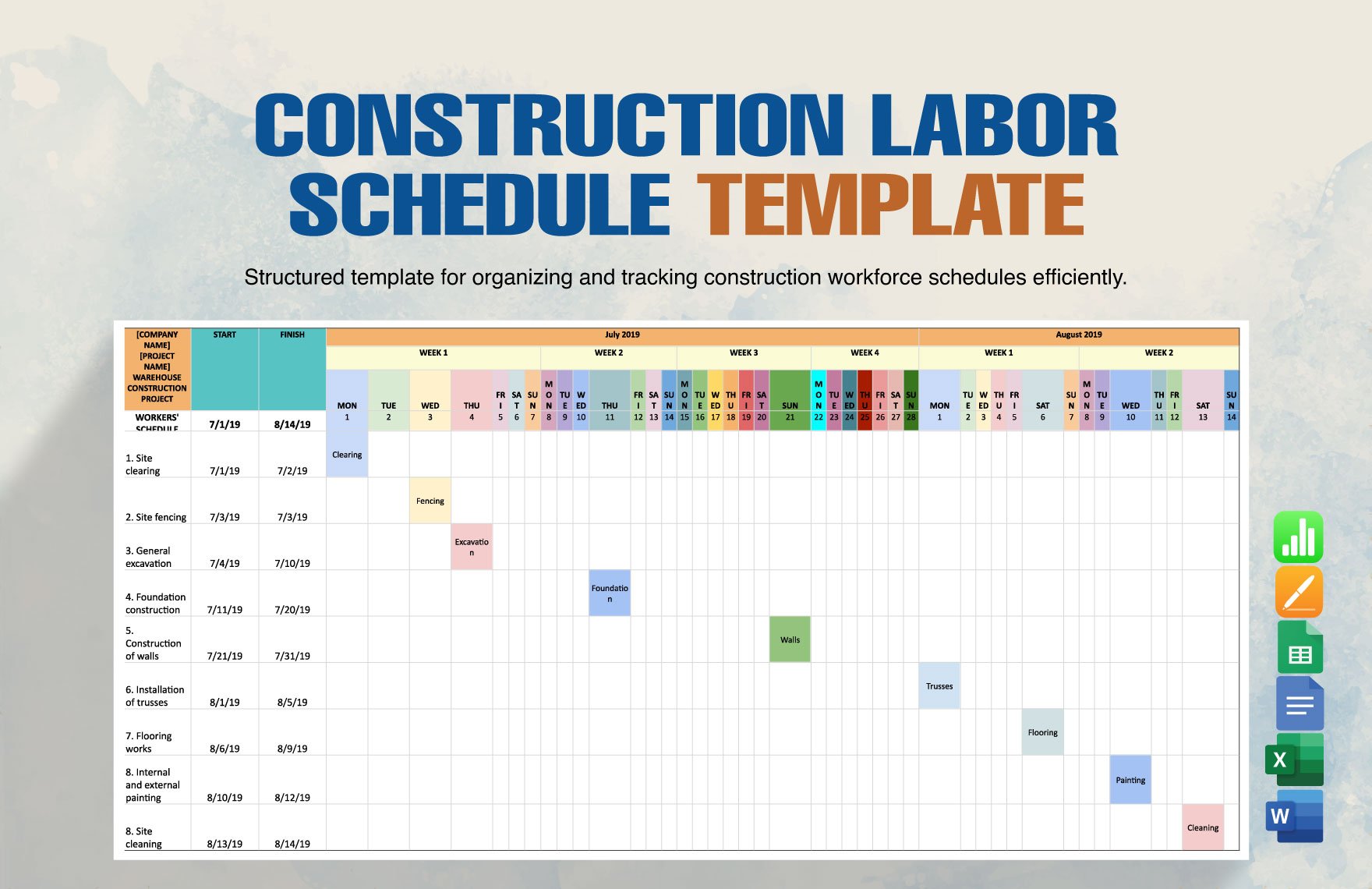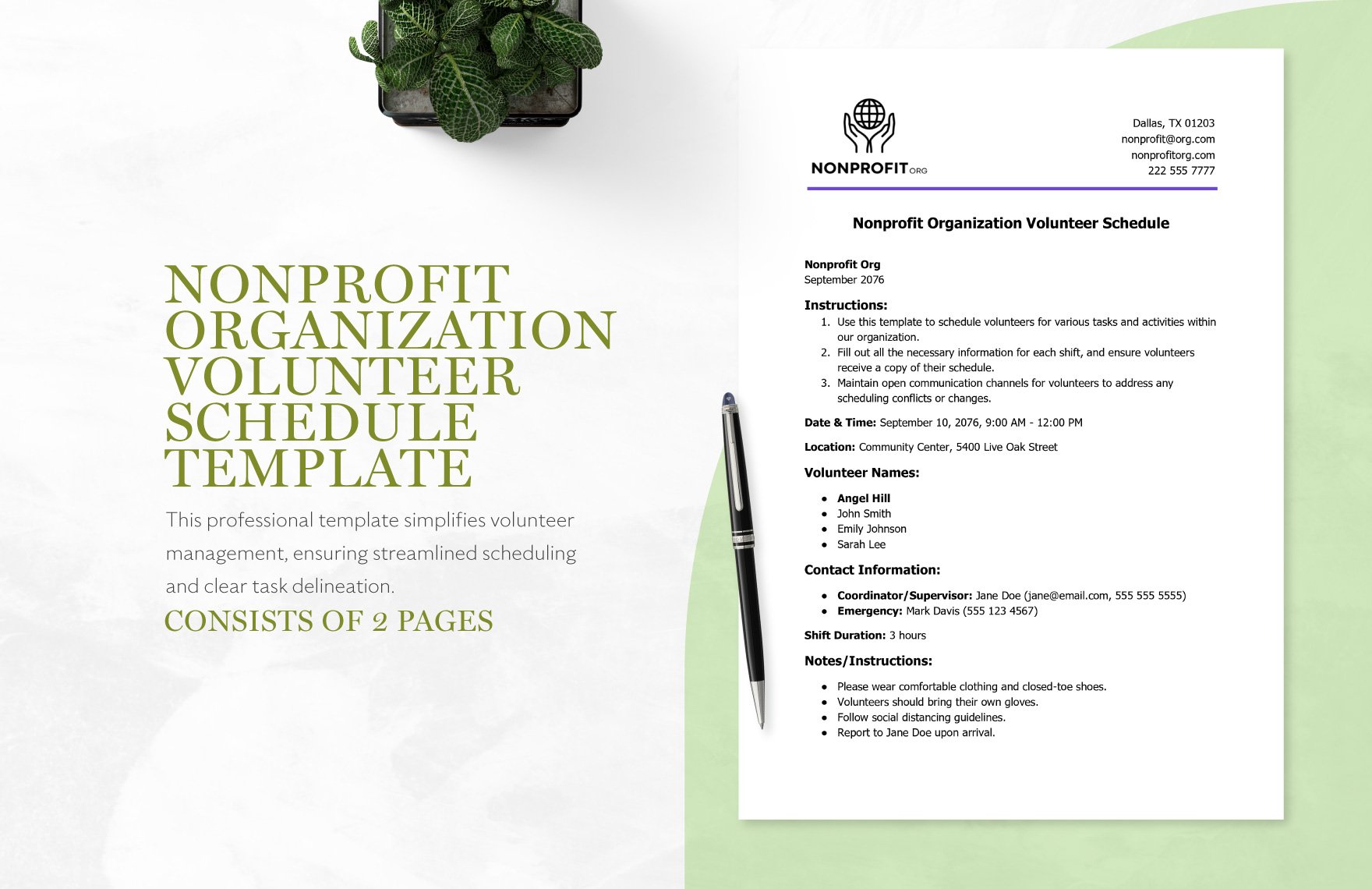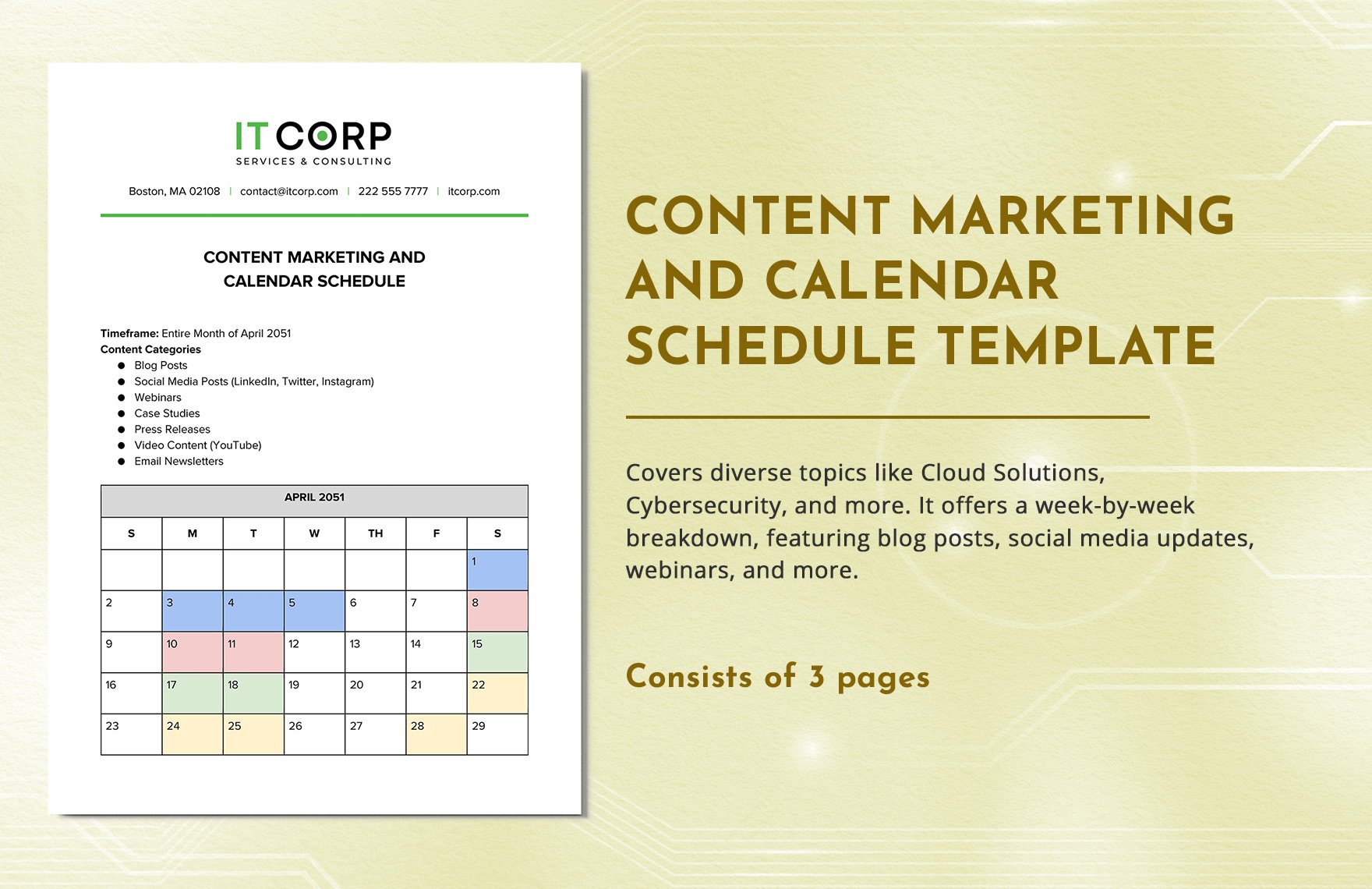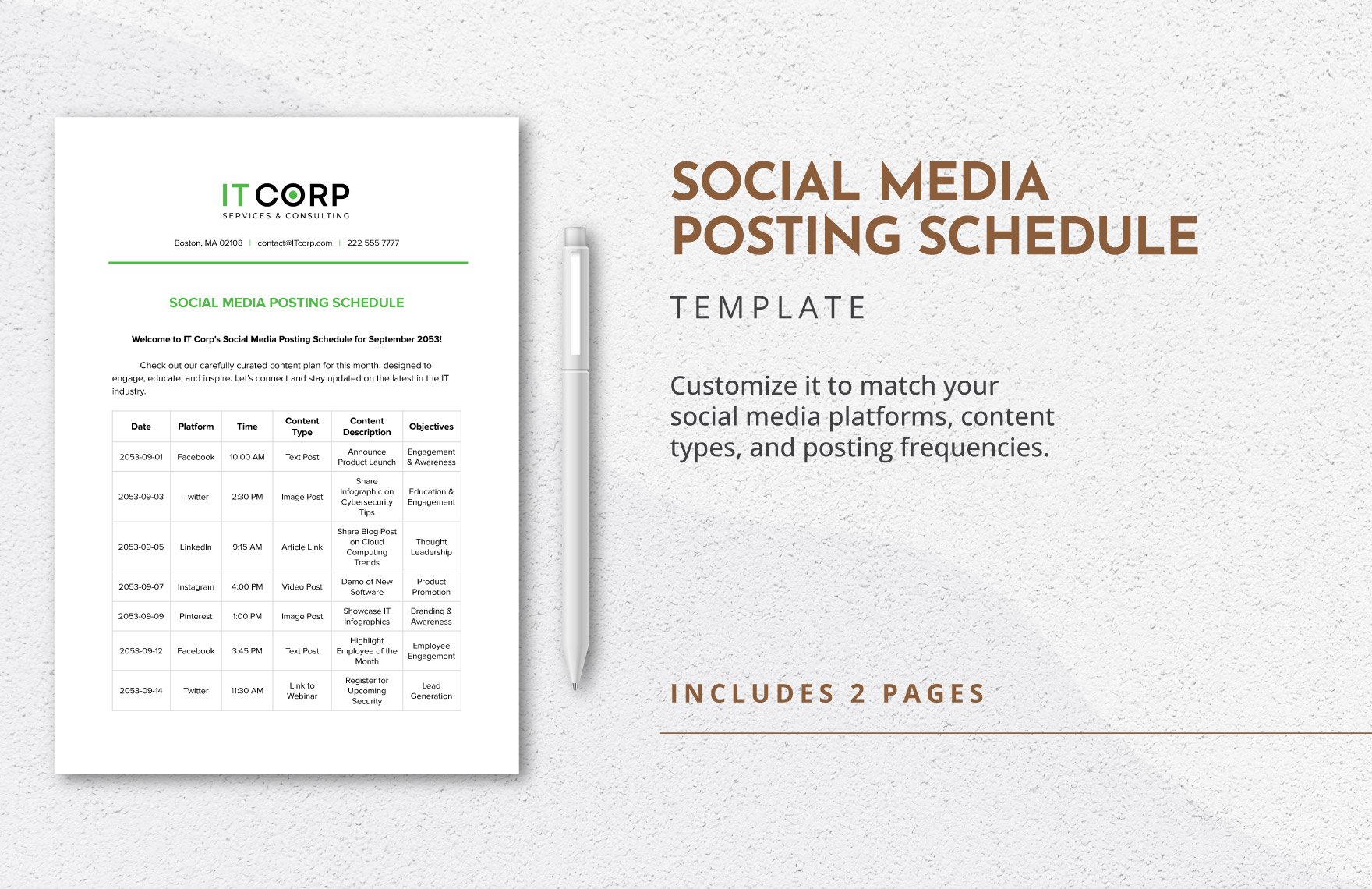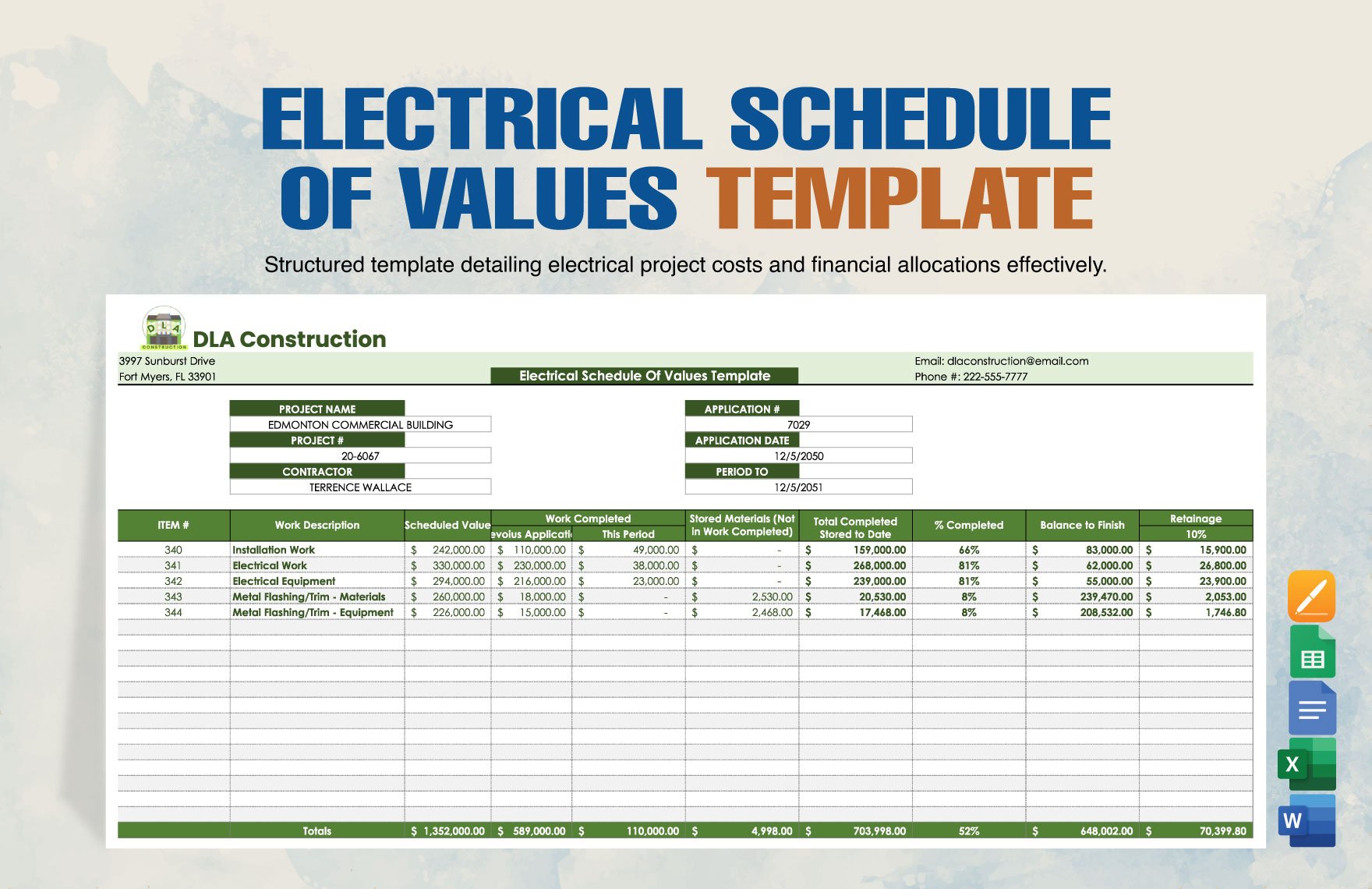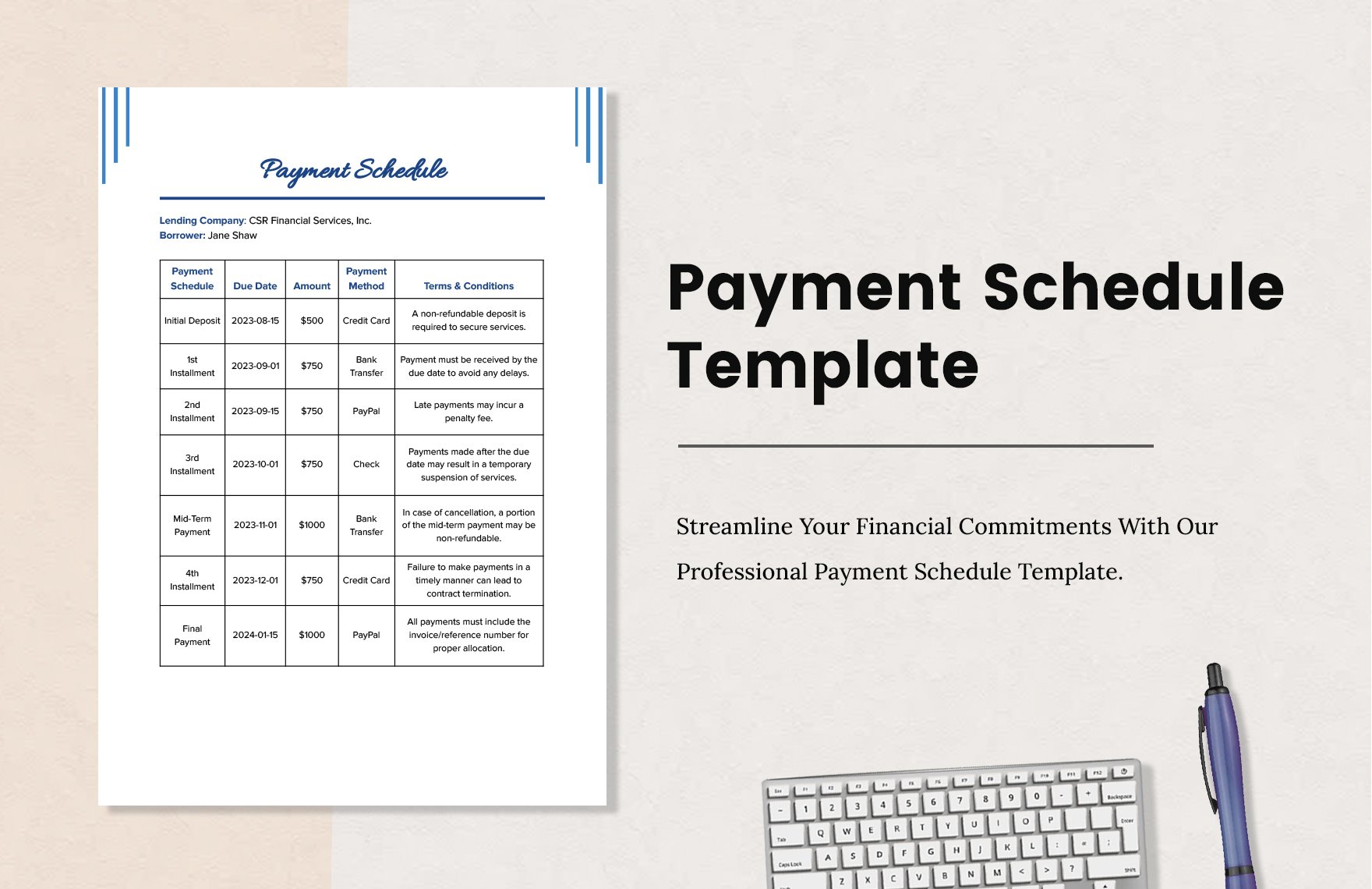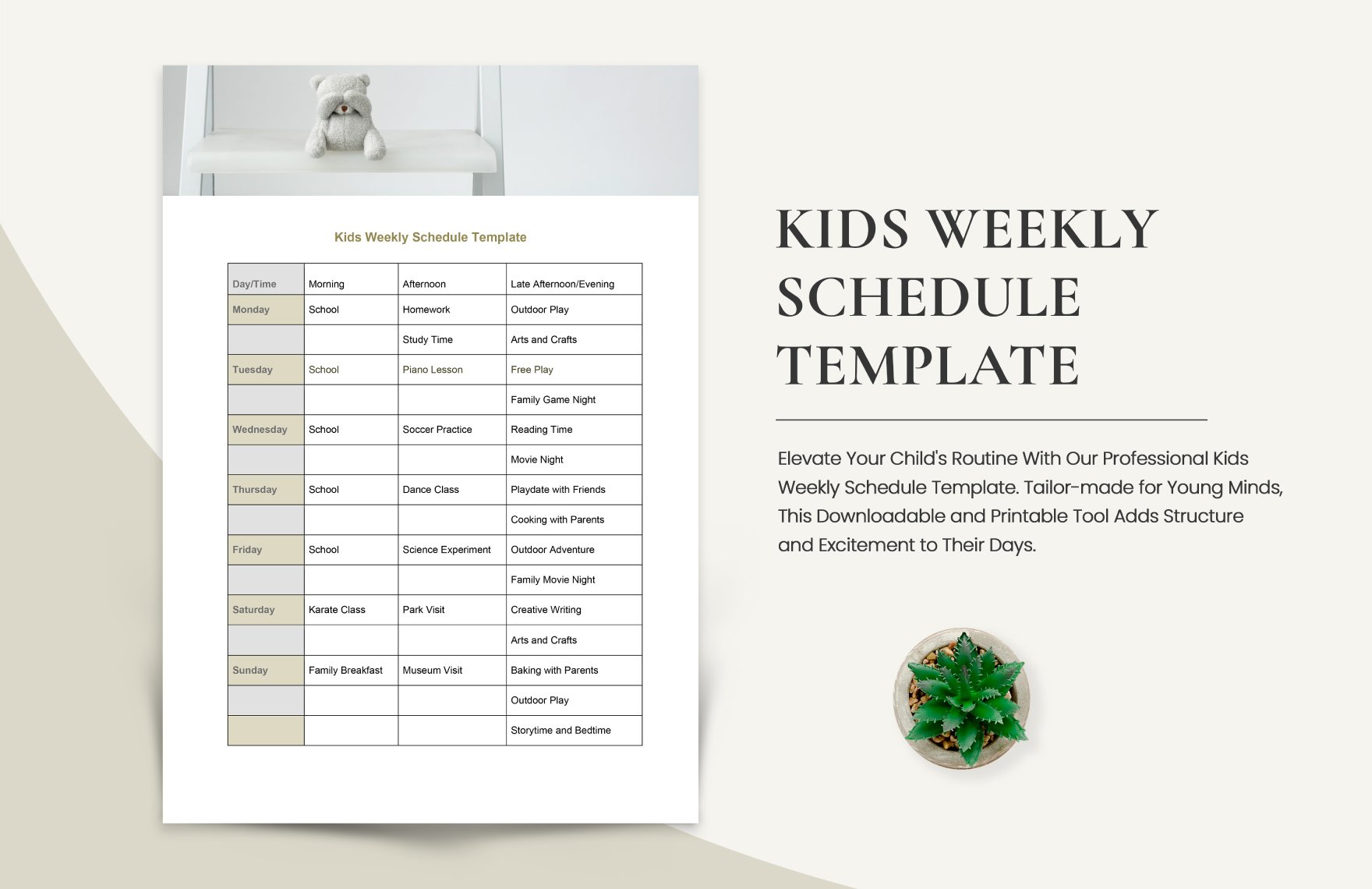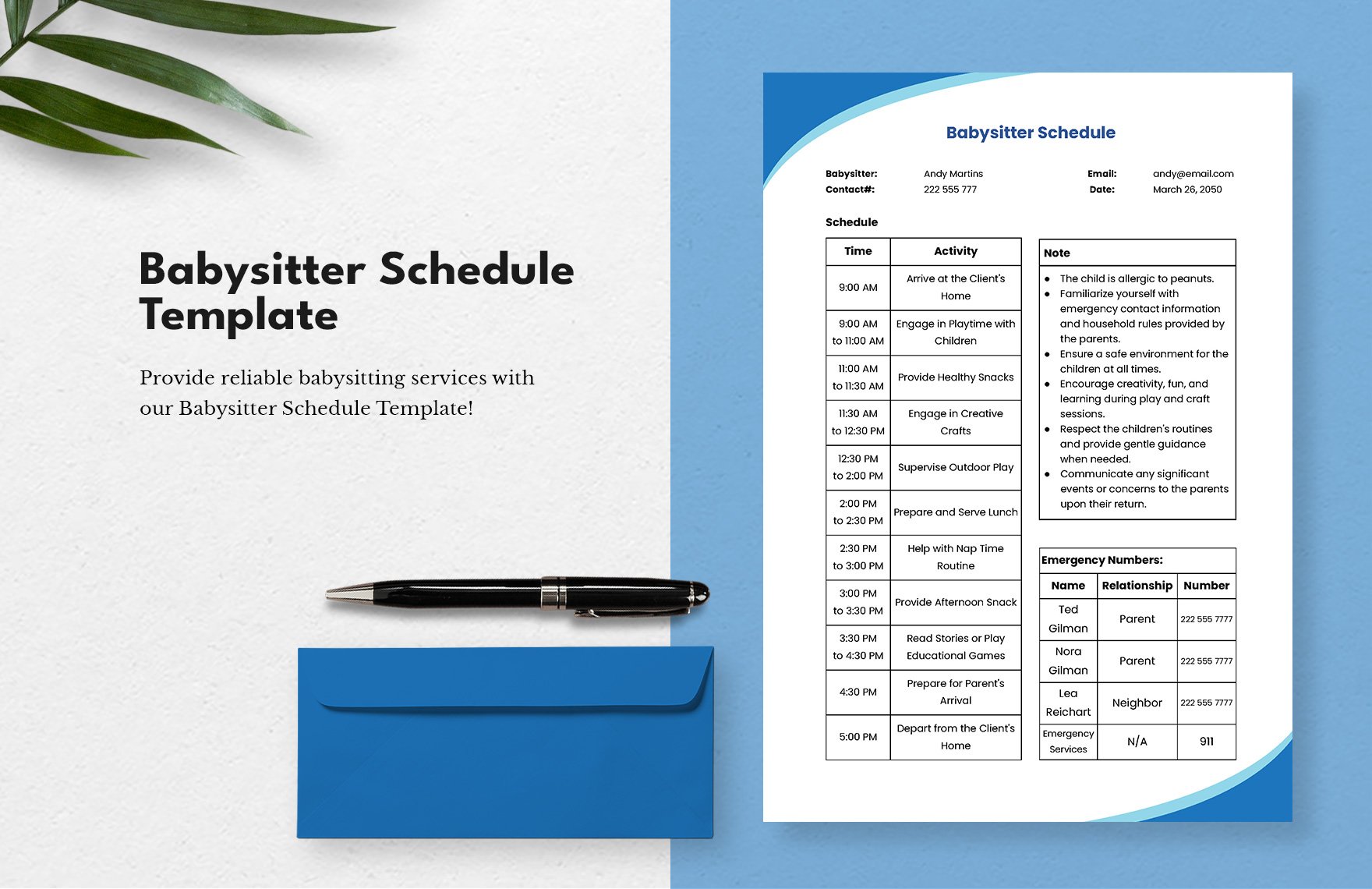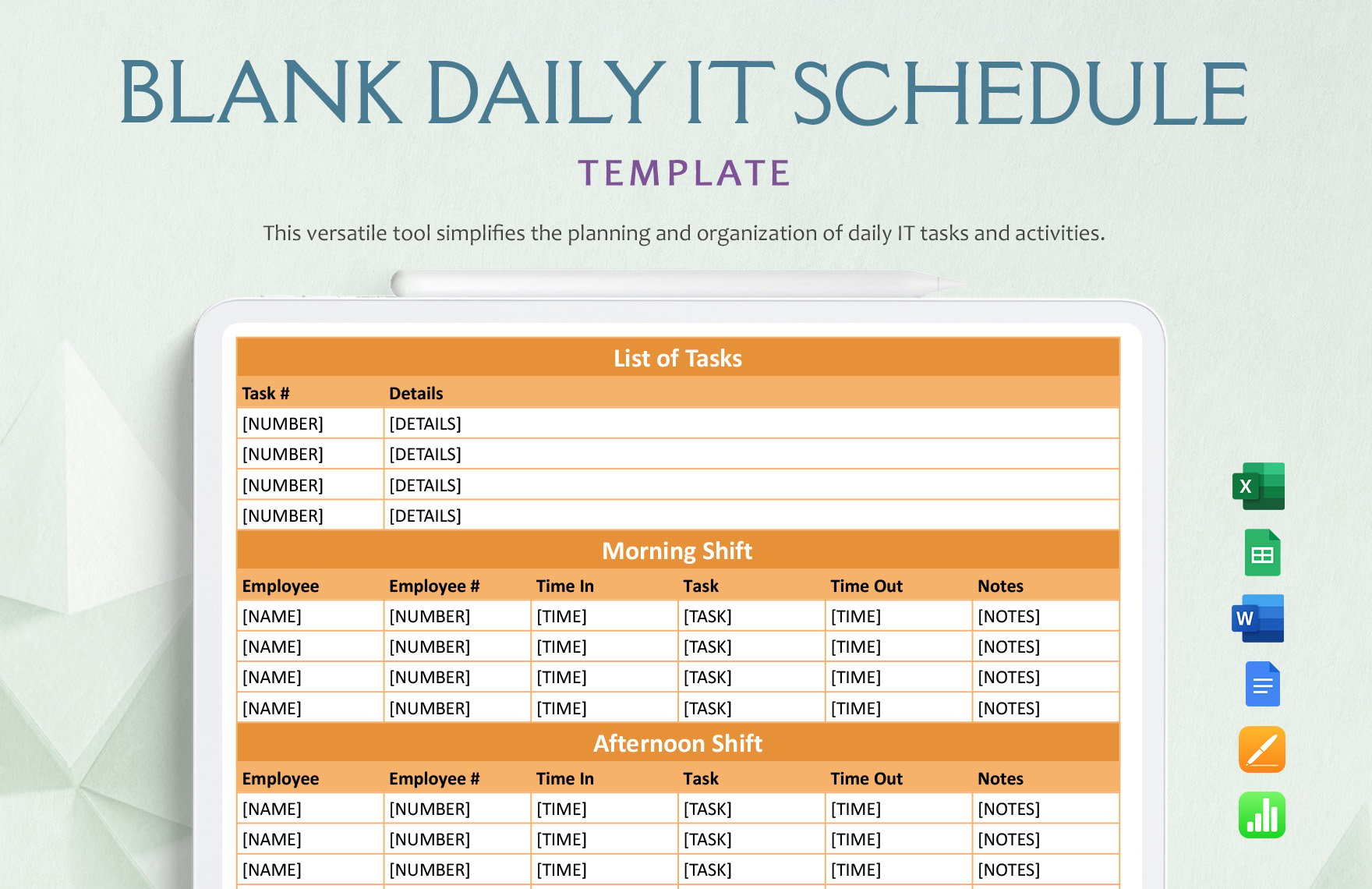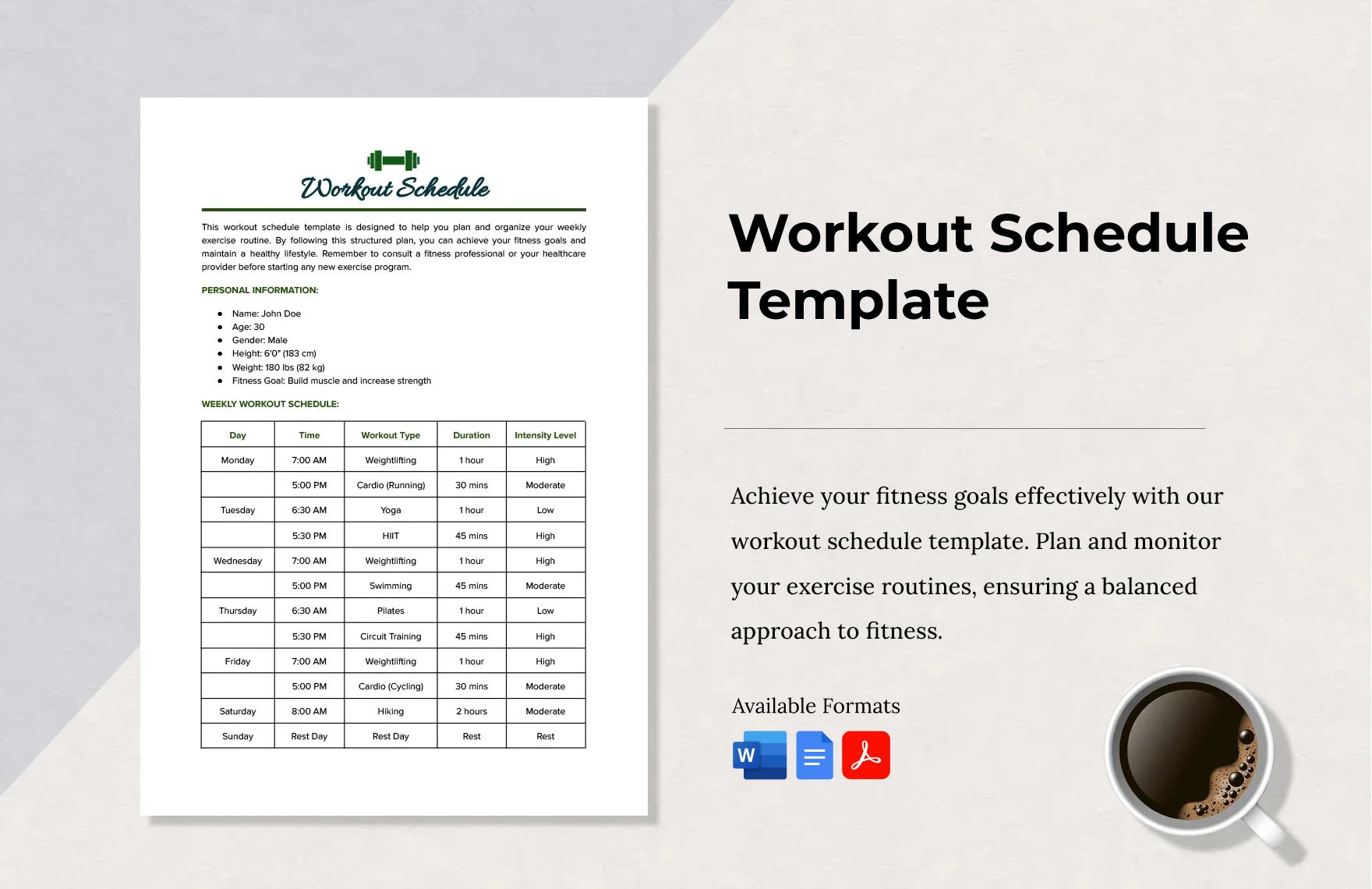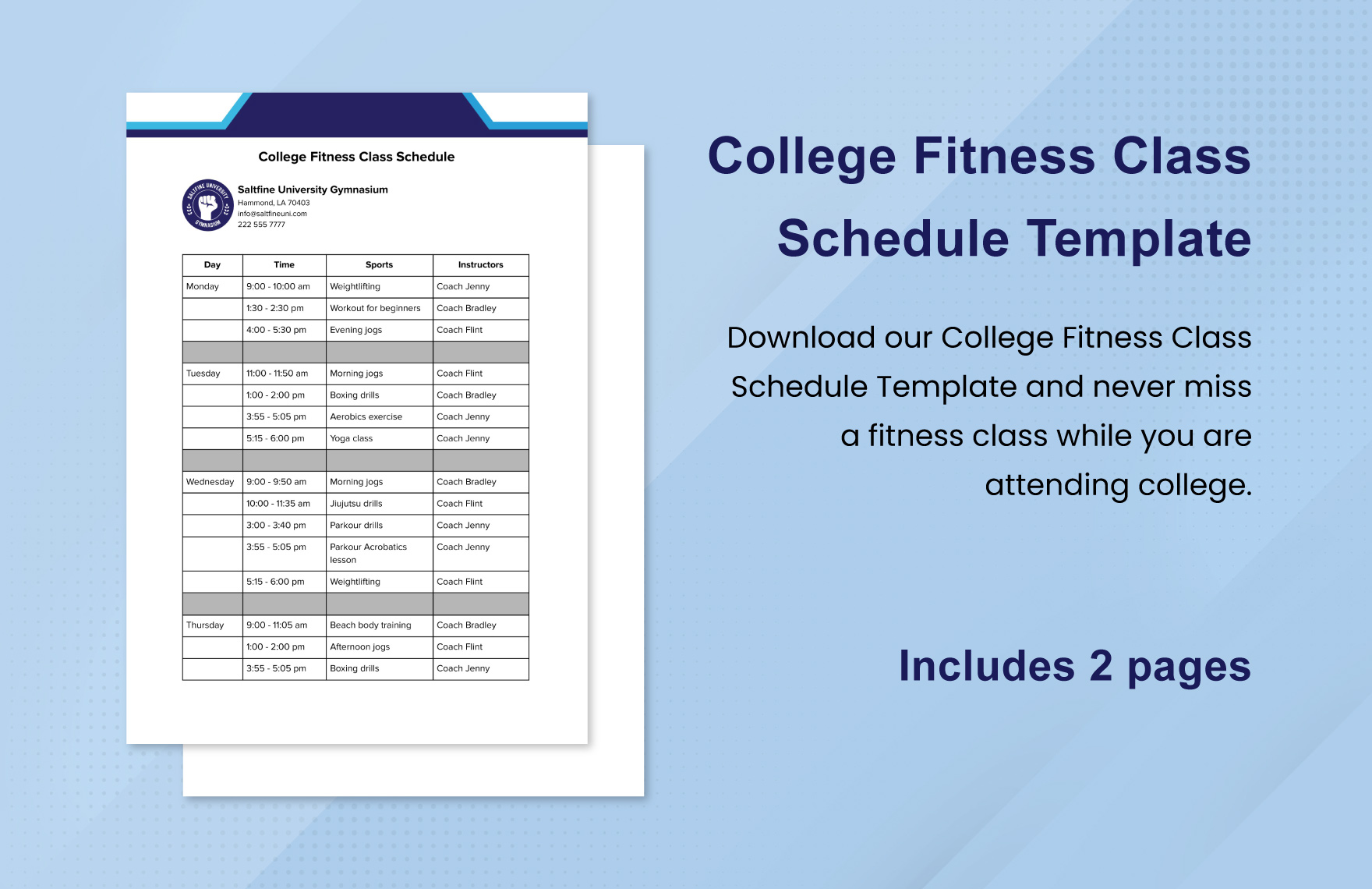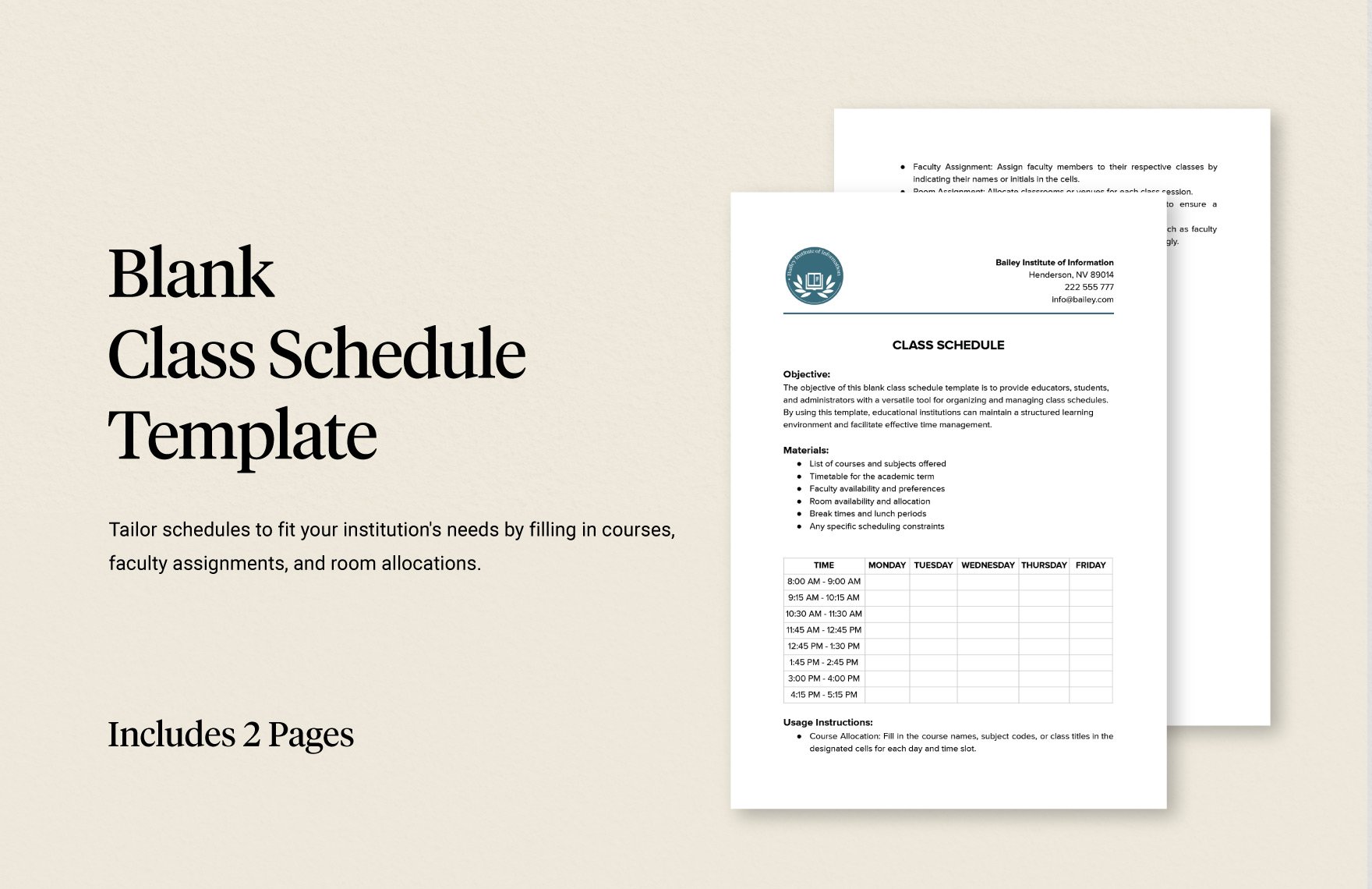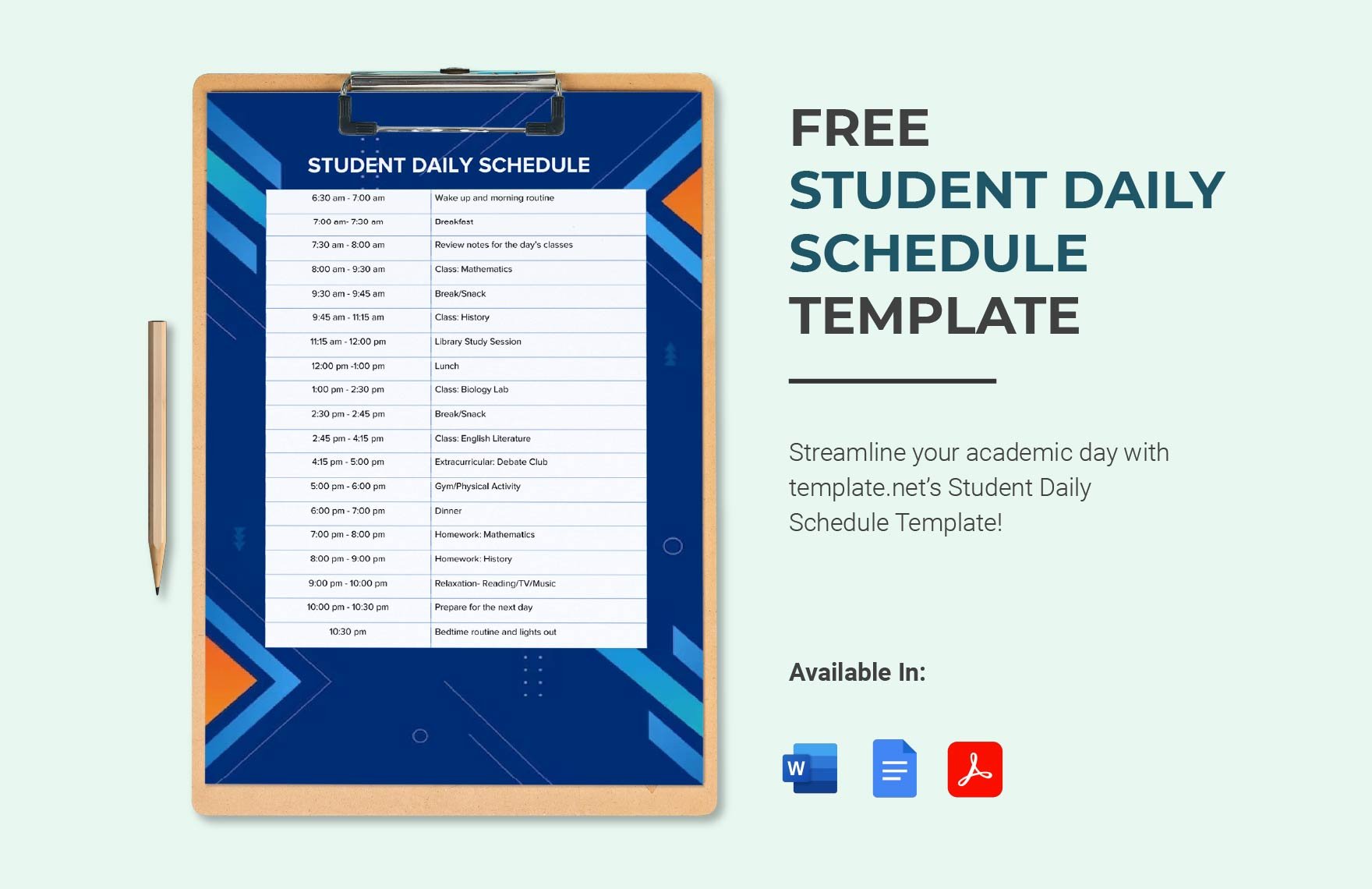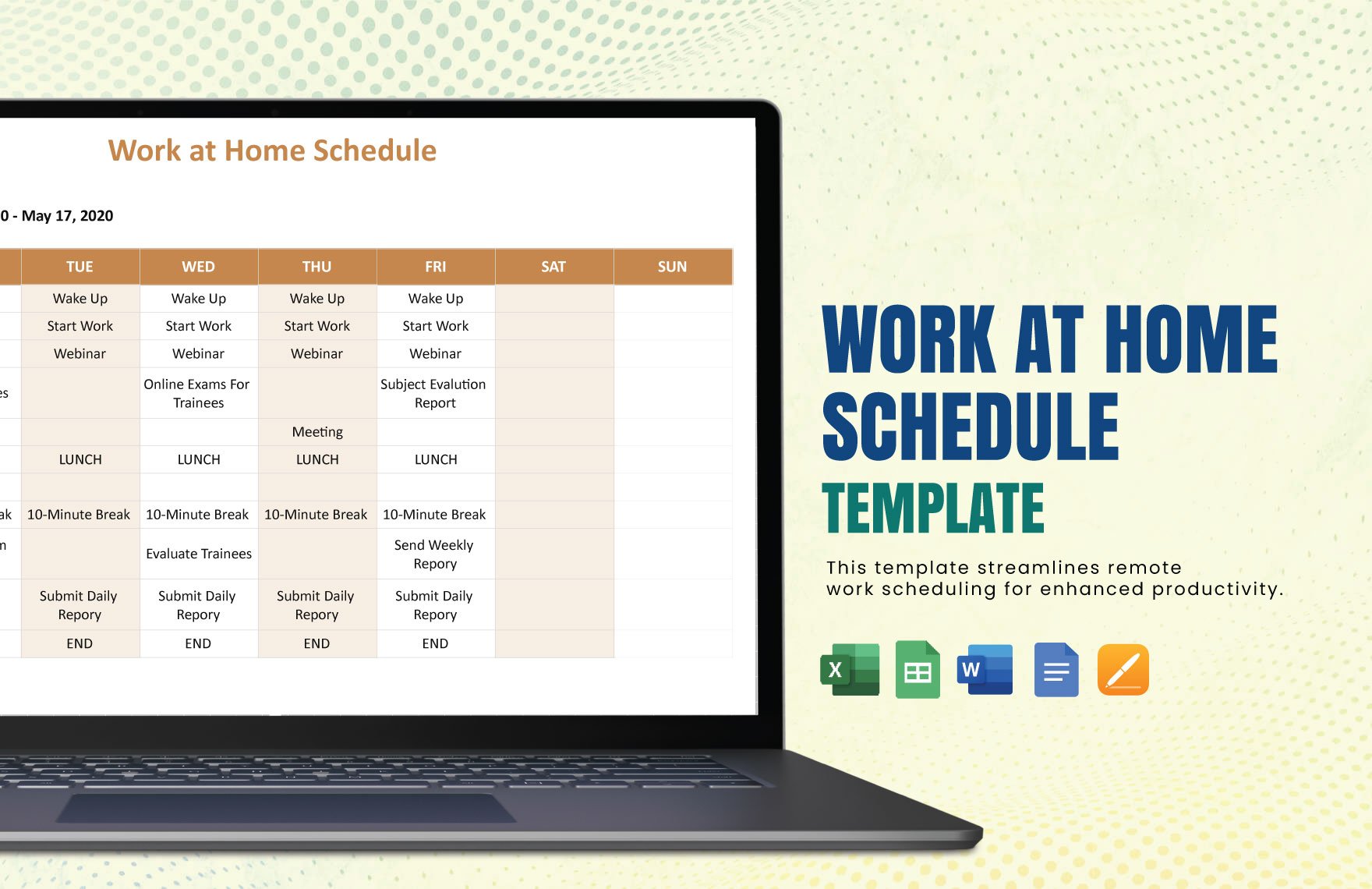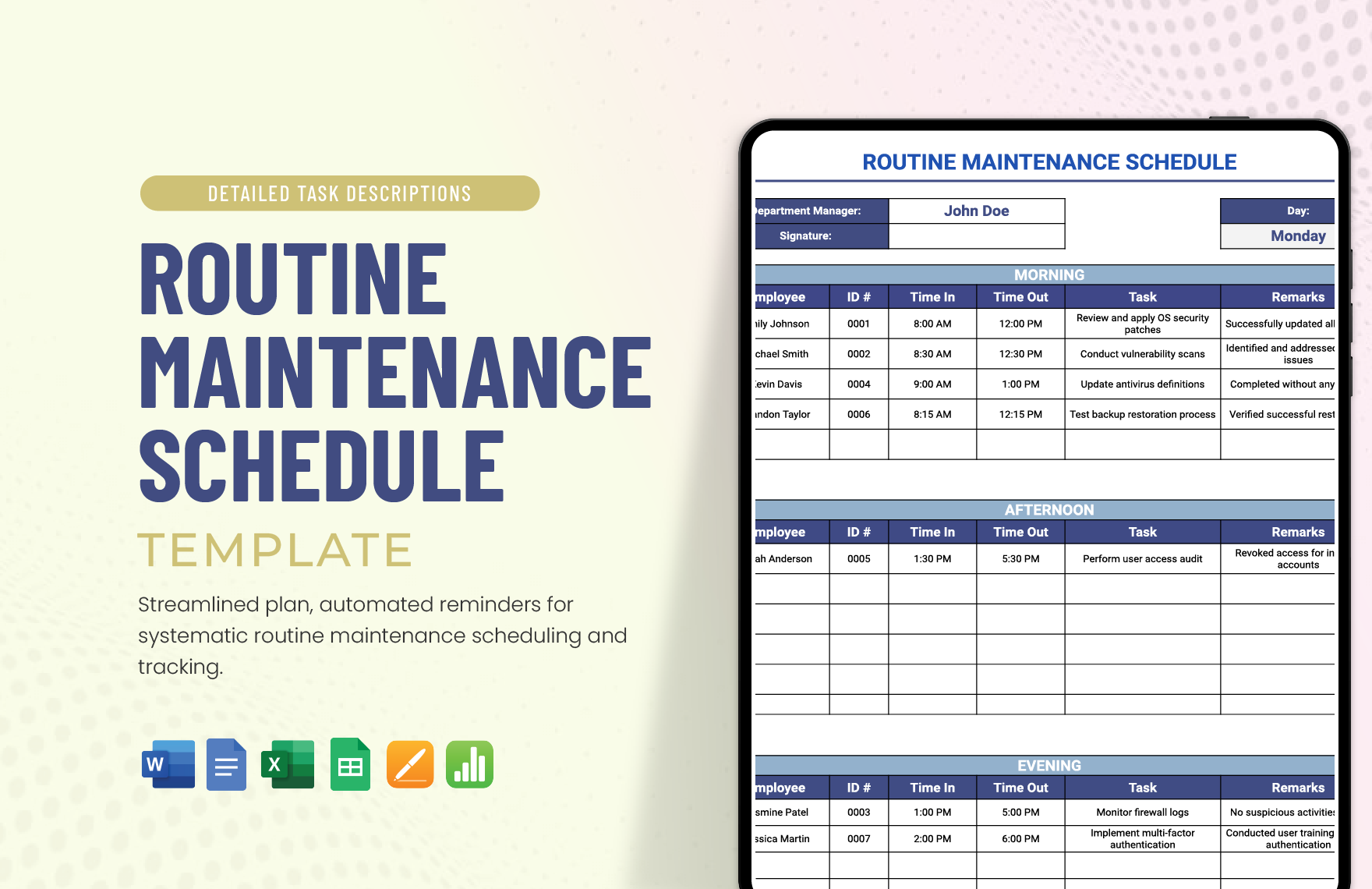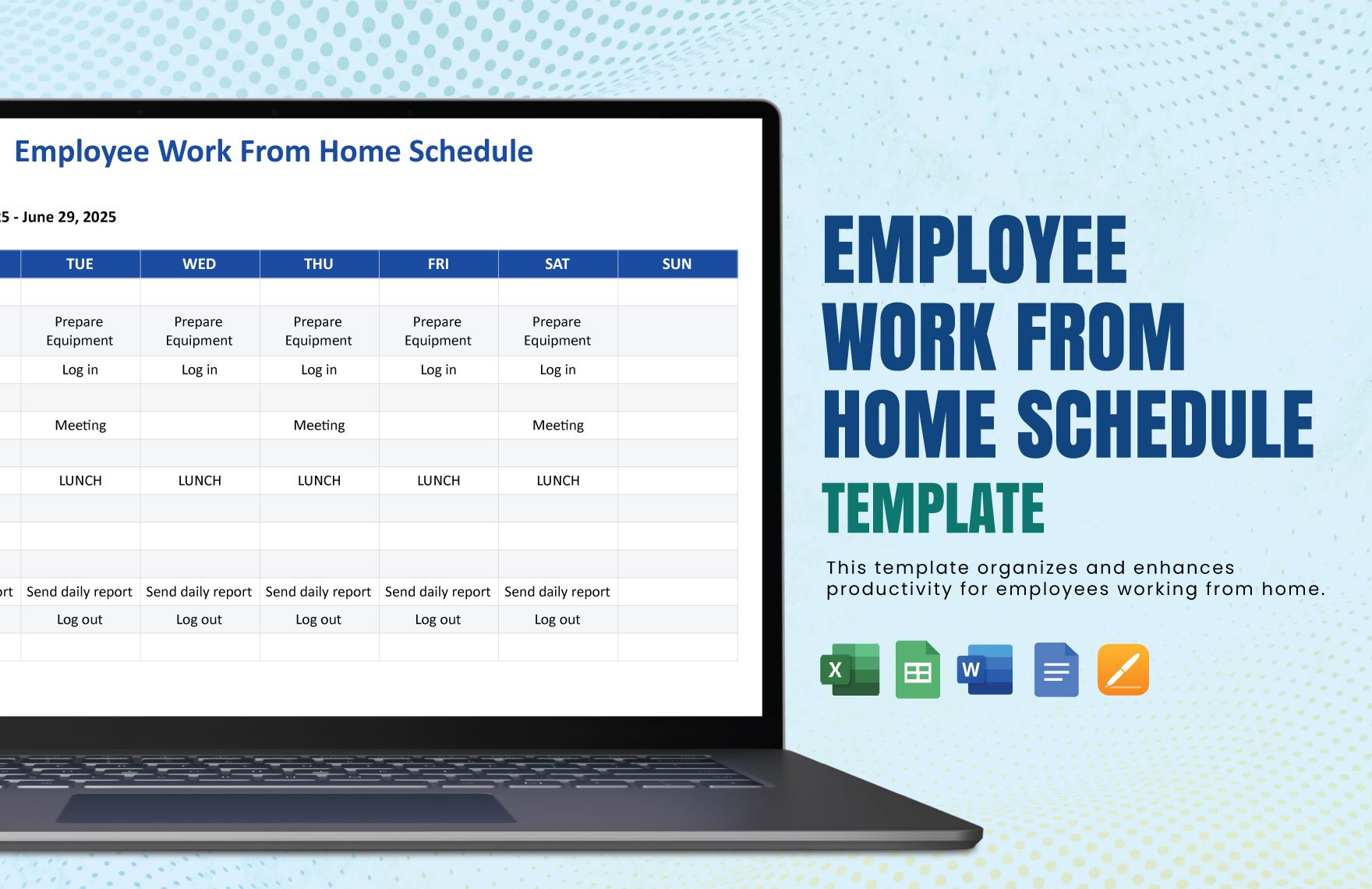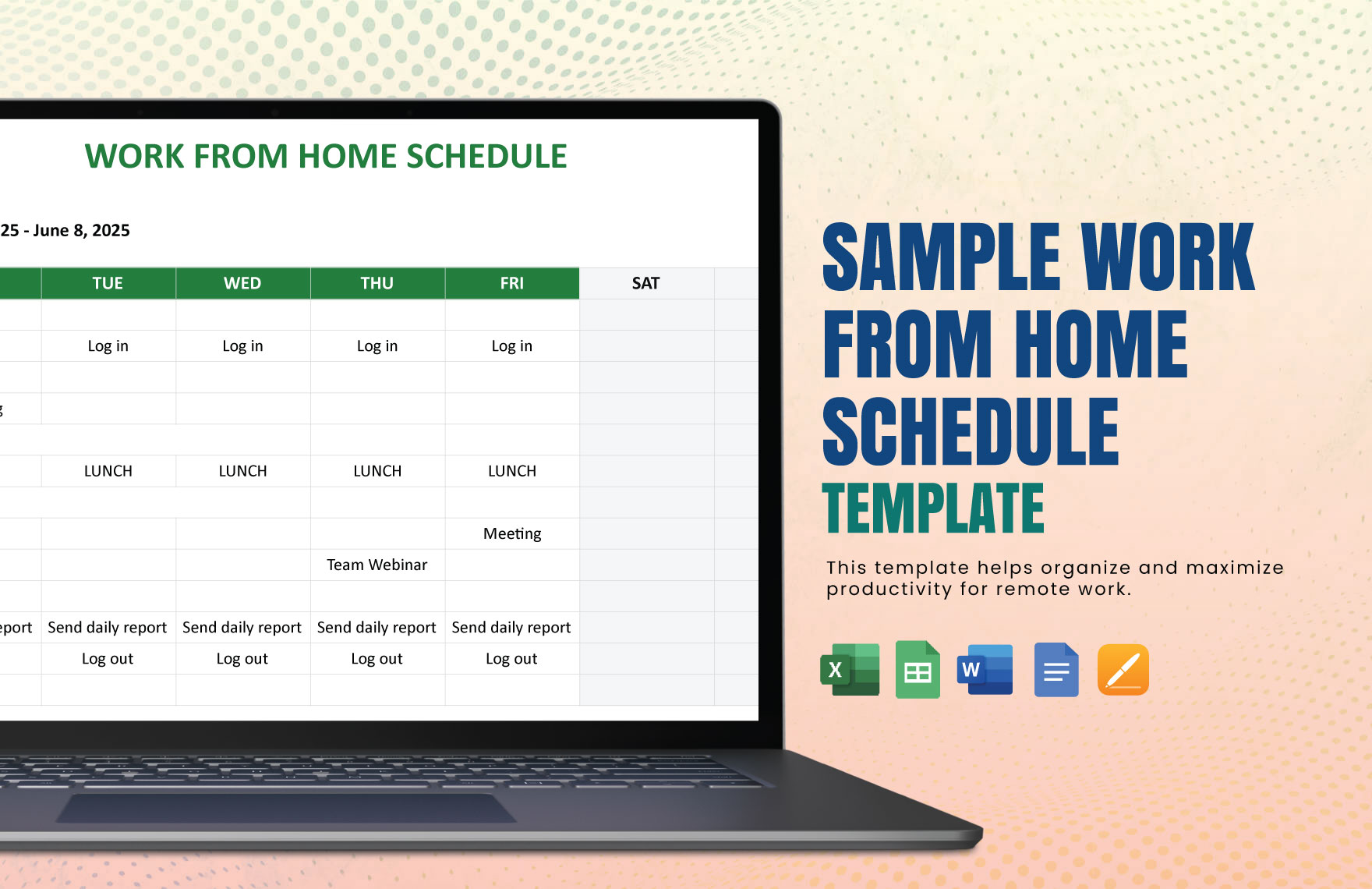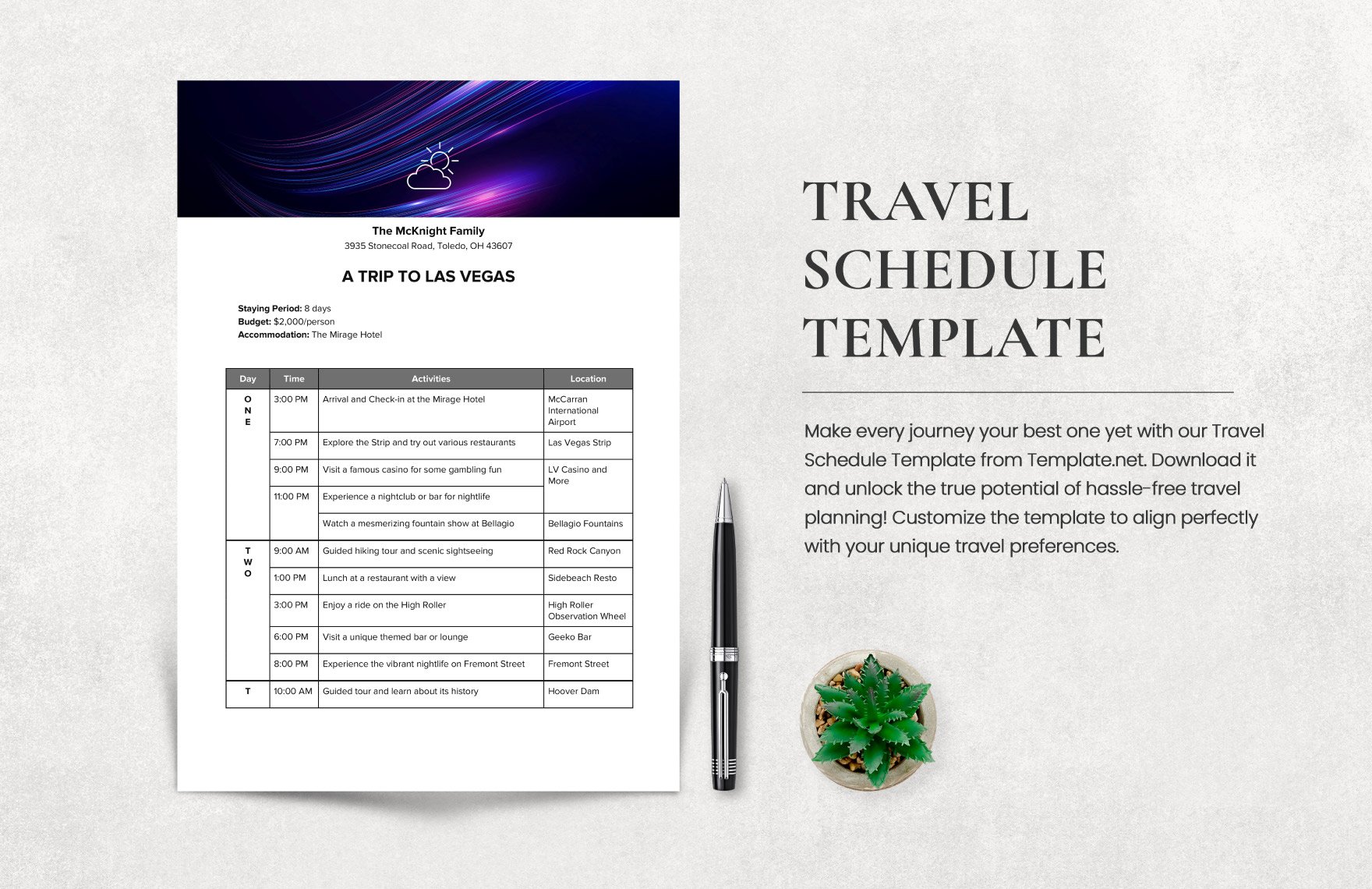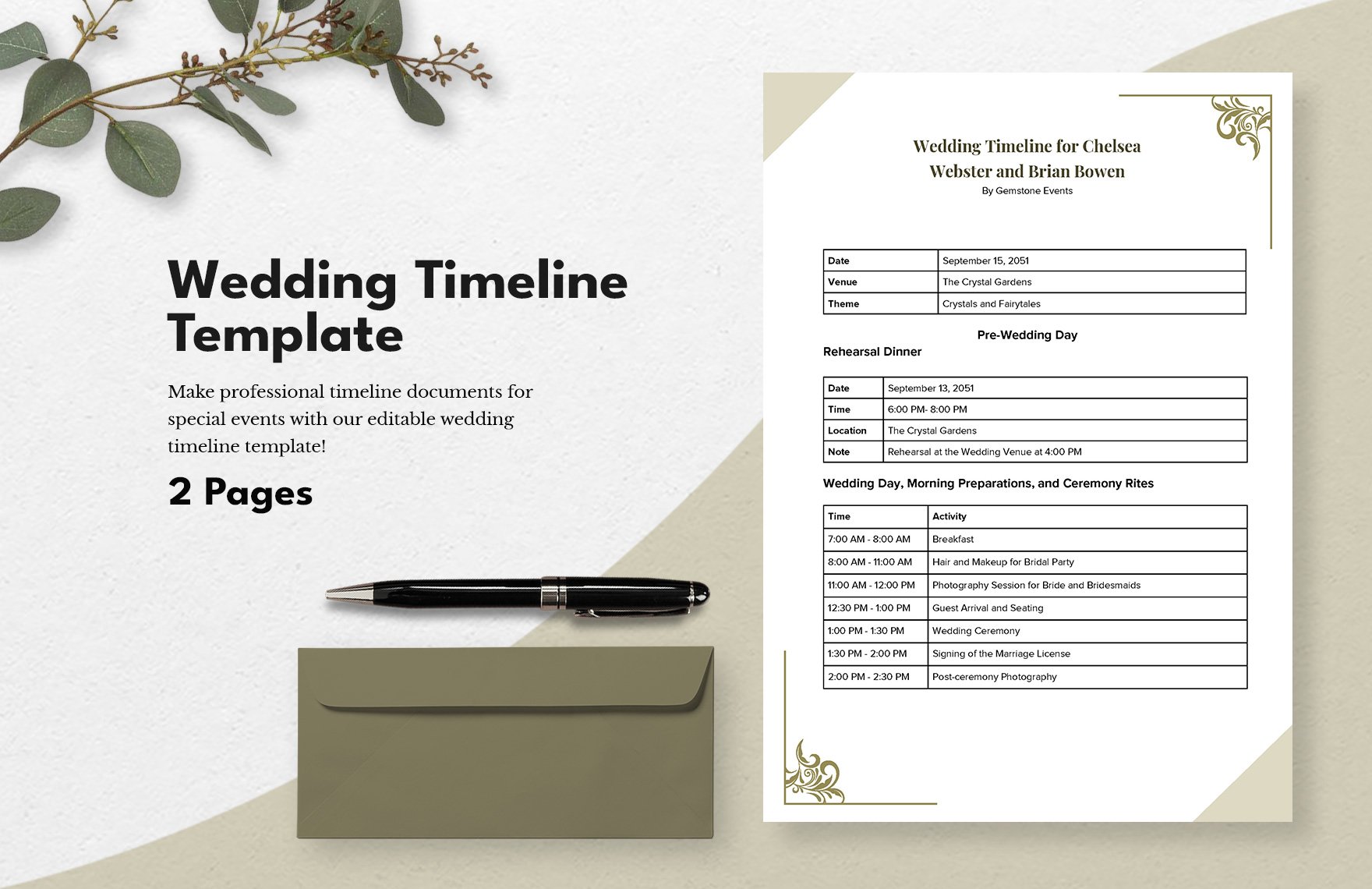We are now living in a fast-paced economy and environment. We want everything to be fast, and almost everything comes instantly. But, our bodies and time limit us to what we can do within a day. The best way to maximize time and energy in a day's work is to plot out all activities in a schedule. You can have a daily, weekly, or a monthly log of activities. And, if you do not know how to start making one. You can make use of our fully customizable ready-made schedule templates that are compatible with Microsoft Word. Make sure to get your life on track with these professionally-made printable schedule templates.
How to Create a Schedule in MS Word
Schedules are tools that help weave together essential tasks in organizing daily or weekly activities. Schedules or Timetables are guides on how to go about every day. Large institutions like churches have a yearly calendar that already has blocked dates for significant events. On the other hand, colleges and universities provide organized timetables for their students containing their required weekly schedule for a particular semester.
1. Decide its Format
A schedule is a highly versatile material. It is useful in different circumstances, like events-organizing and strategic business plan. A format of a table adapts to its use. There are hourly and daily schedules that are apt for those who juggle a lot of various activities in short periods. Planners are also forms of monthly timetables. Monthly timetables usually have plotted annual holidays or select dates. Depending on its utility, you can structure your timeline in any way you like.
2. Prioritize Tasks
Prioritizing tasks is the best way on how to go through with your upcoming activities. You will know more about what jobs to do first and what actions to spend more time on doing. It is common in student planners to give much time in studying, and related school works. Extracurricular activities also are given priority because it provides additional credit. On the other hand, employees give priority to urgent projects which are vital to the productivity of the organizations.
3. Estimate Time Allocation
It is essential to have daily schedule to include estimated time allocation for each activity, similar to the time details in an event program. Estimates are vital to go through one task to another seamlessly. For college students, it is recommended to have an adequate amount of rest to accomplish all academic tasks. With this idea in mind, make sure to indicate the number of hours for study, play, relaxation, and socialization to maintain a healthy and well-rounded well-being.
4. Make it Short and Simple
Schedules and planners usually have limited spaces for writing, depending on the format that you prefer. It is best to keep these notifications and reminders in brief, which also makes it easy to understand. Most use bullet points to make it more comprehensive. Some make use of one-word reminders such as "Study!" or "Meeting" with the time and date details. But, some reminders need more information that some. For these instances, you can make use of content words, which primarily contains the idea of the activity.
5. Make Multiple Copies
Since technology is an integral part of our lives, we should use it to make our lives easier. Traditional planners are printed out or written down in old notebooks and journals. Writing down is the better option when we want to remember details because of the act of jotting it down increases retention. On the other hand, you can keep a digital copy of your schedule in your smart gadgets and set an alarm minutes before your next activity. With a soft copy of your timetable on your phone, you can easily edit it when necessary.
